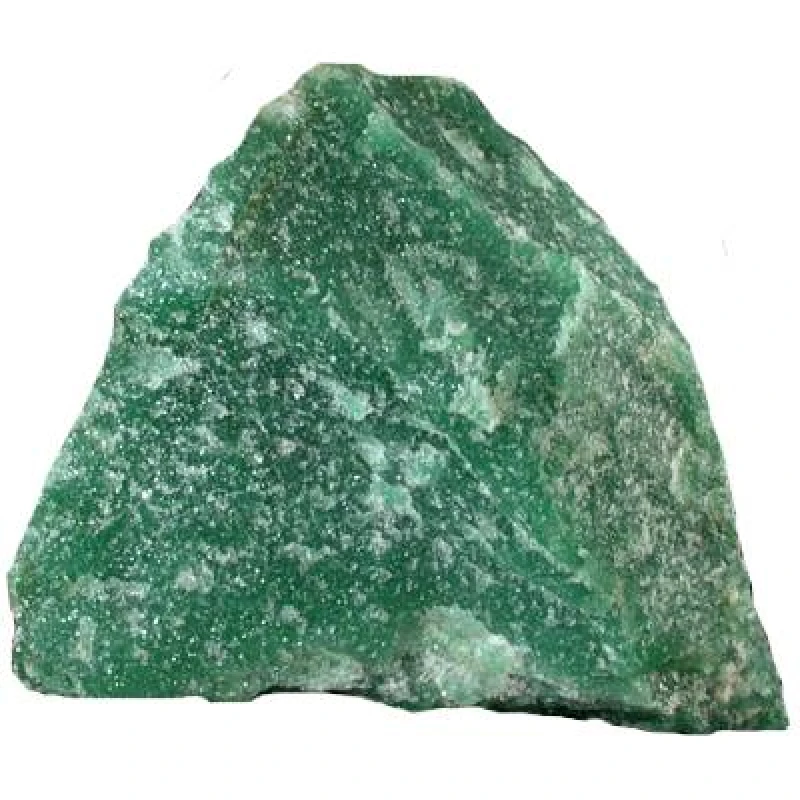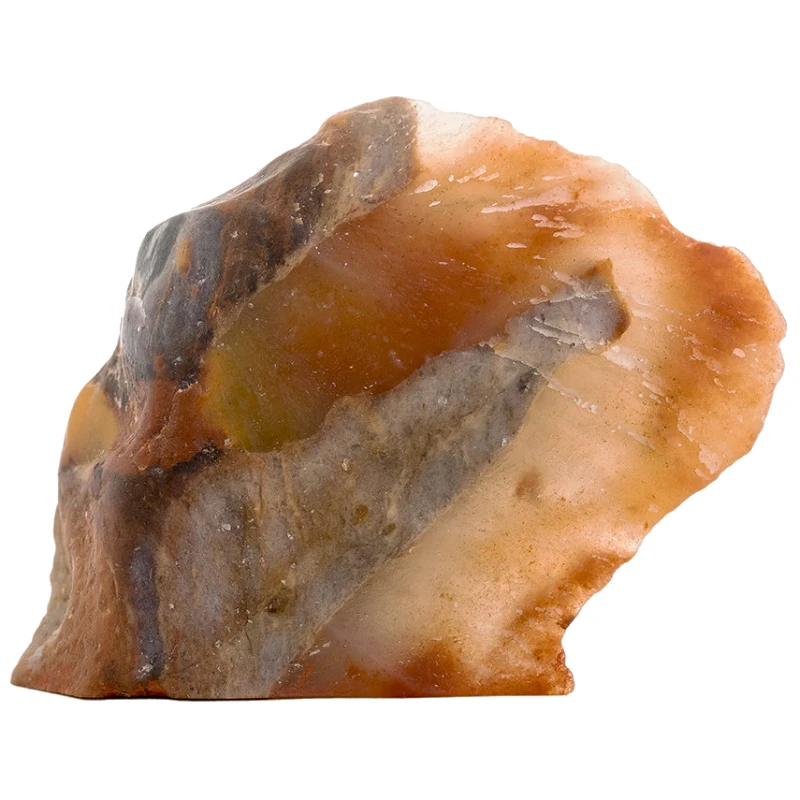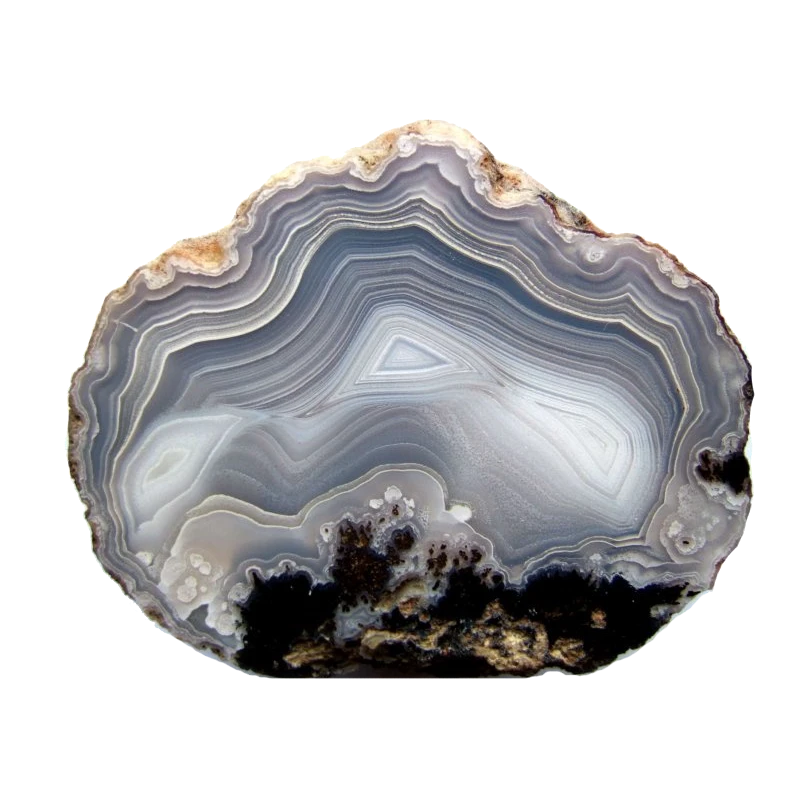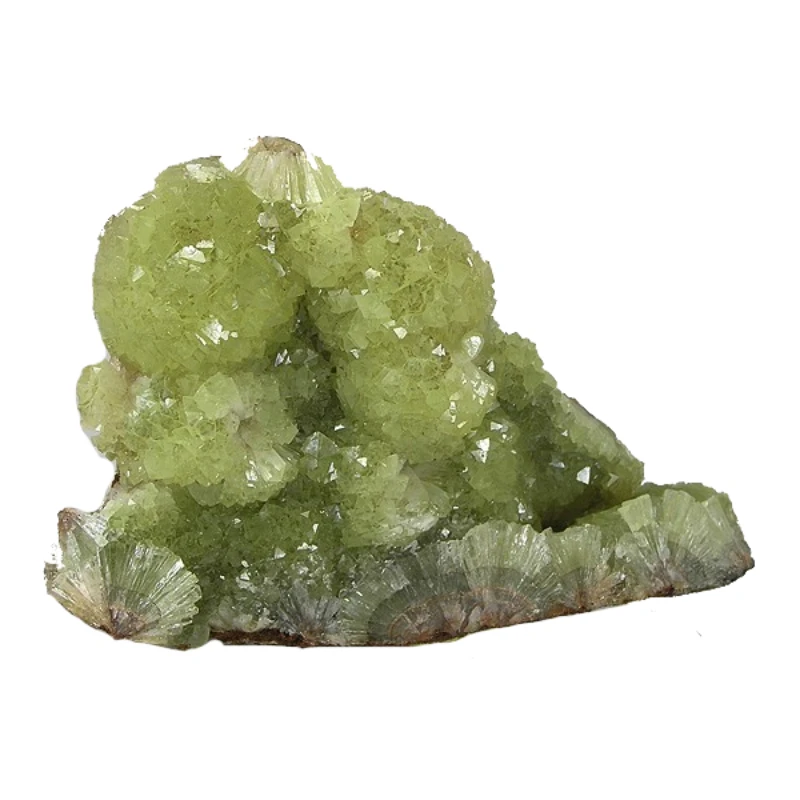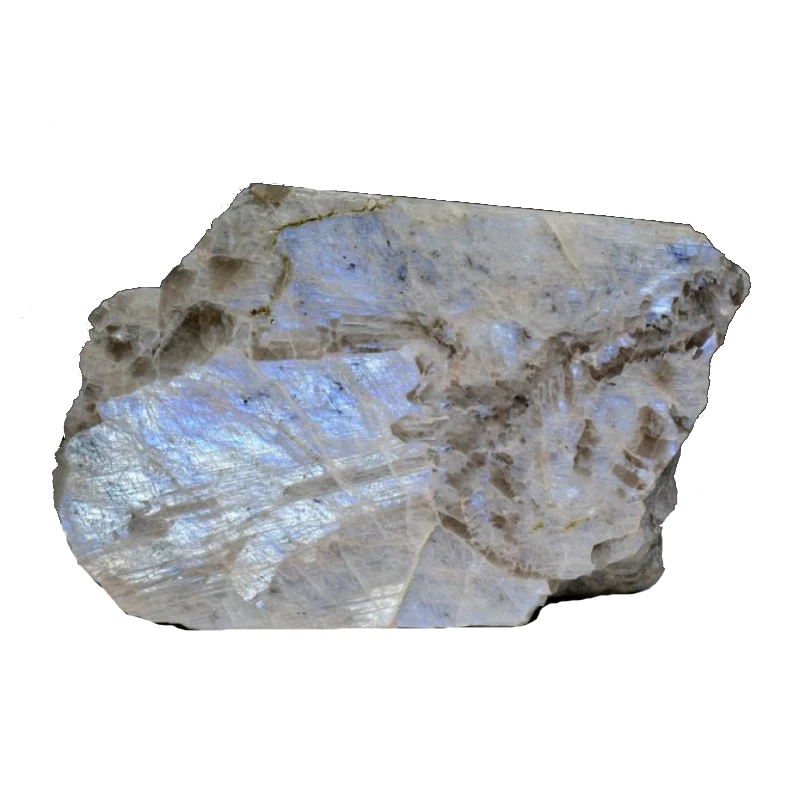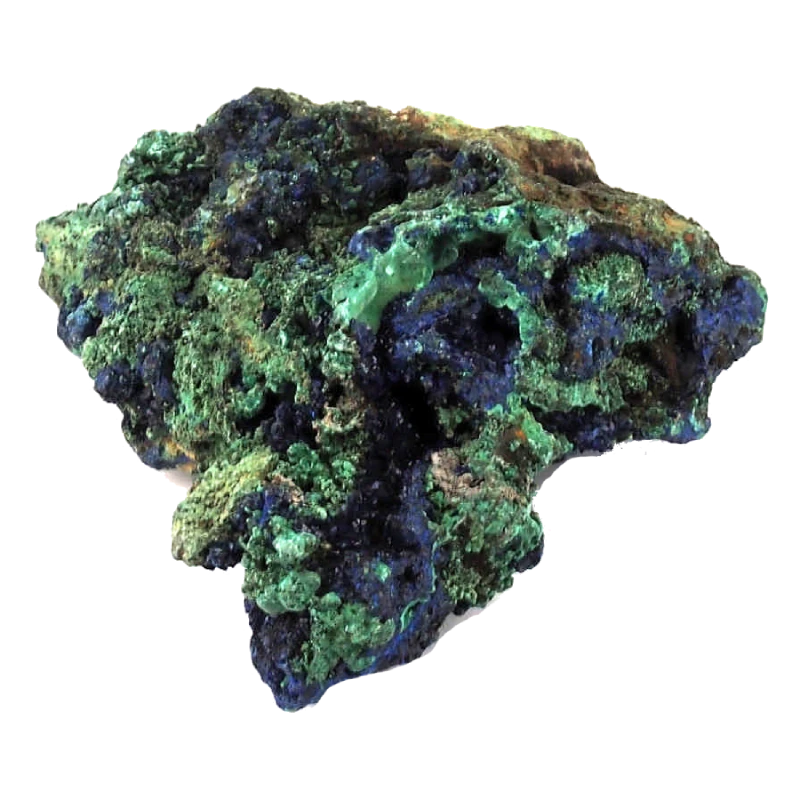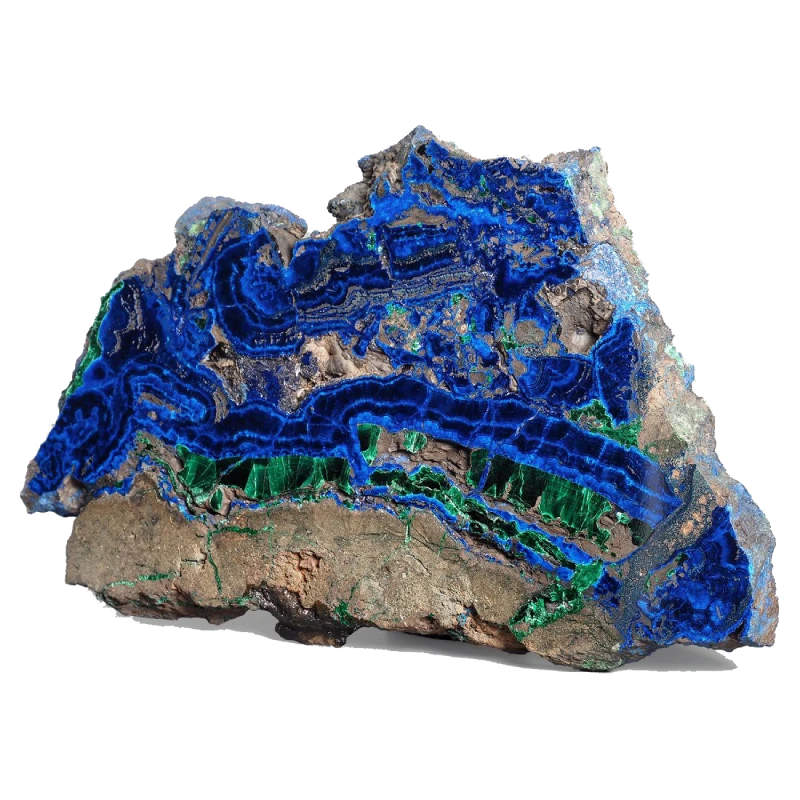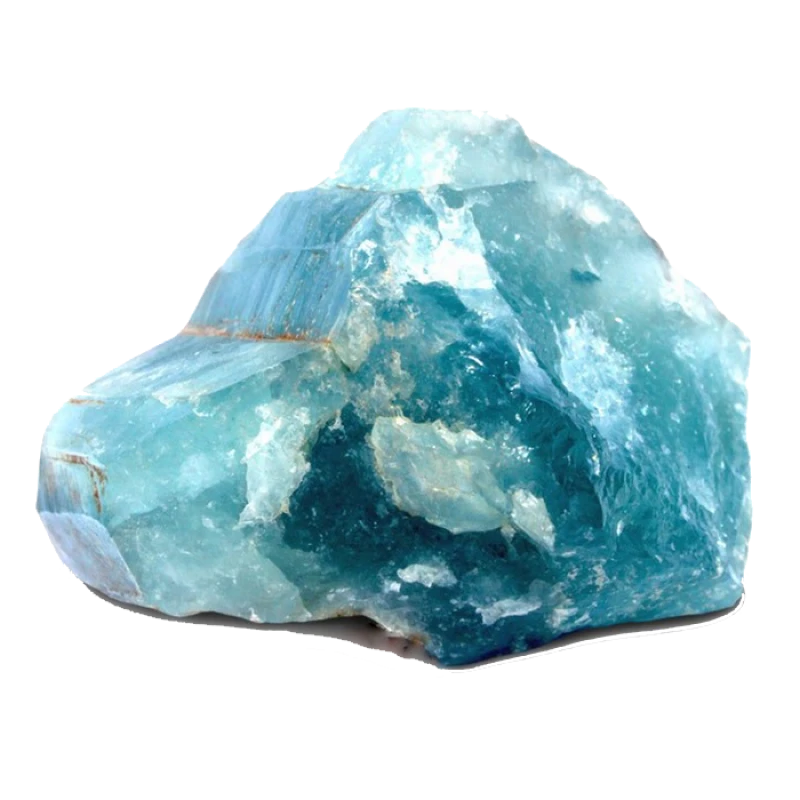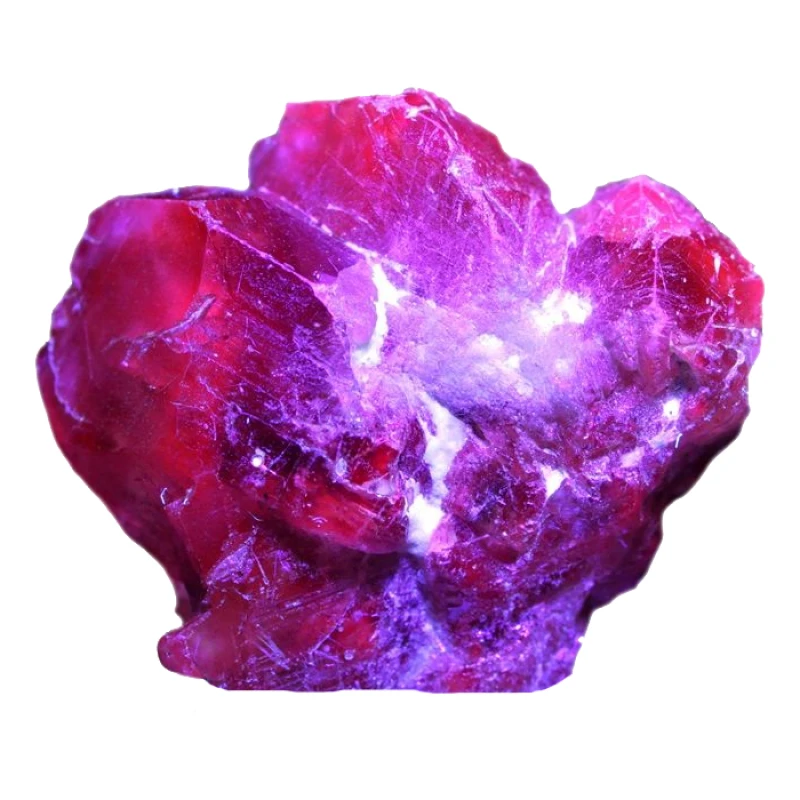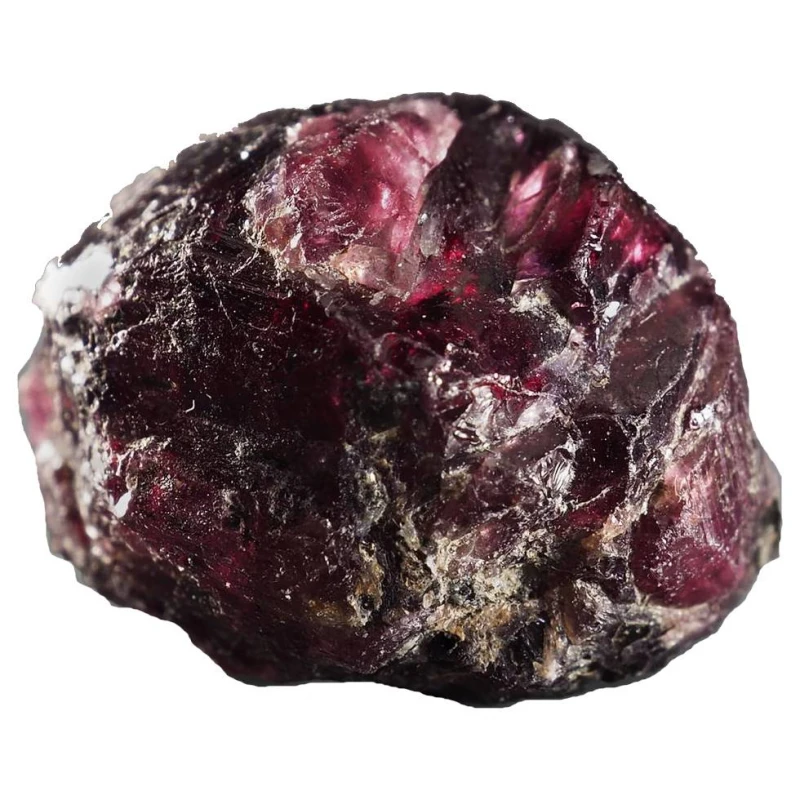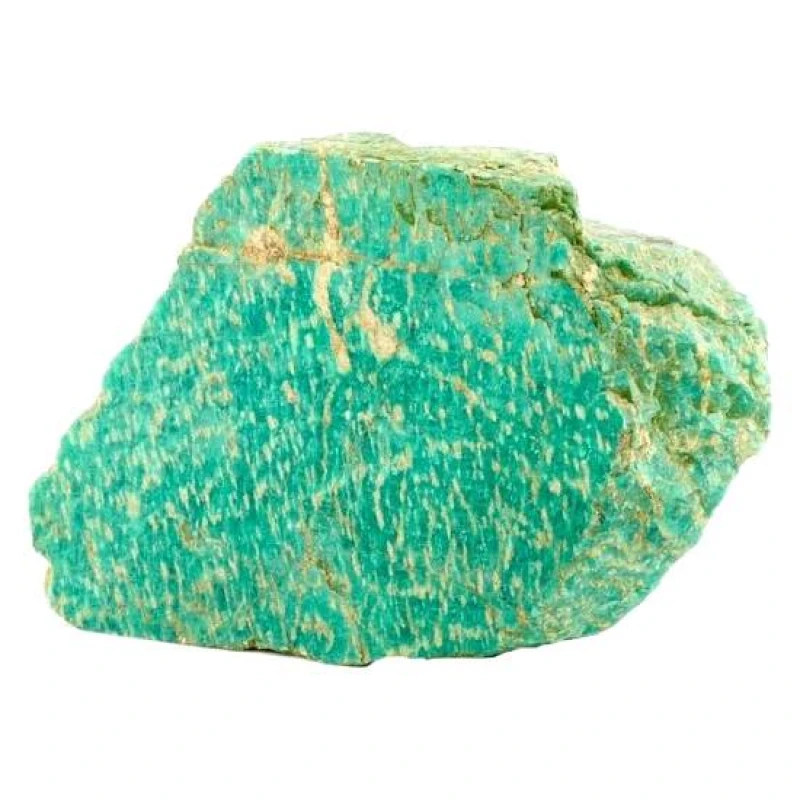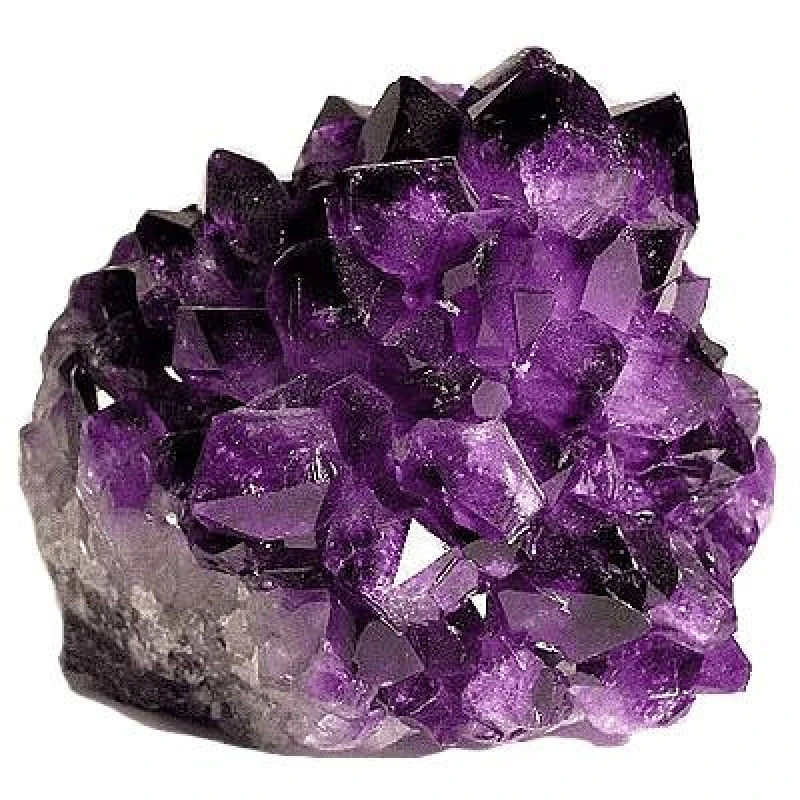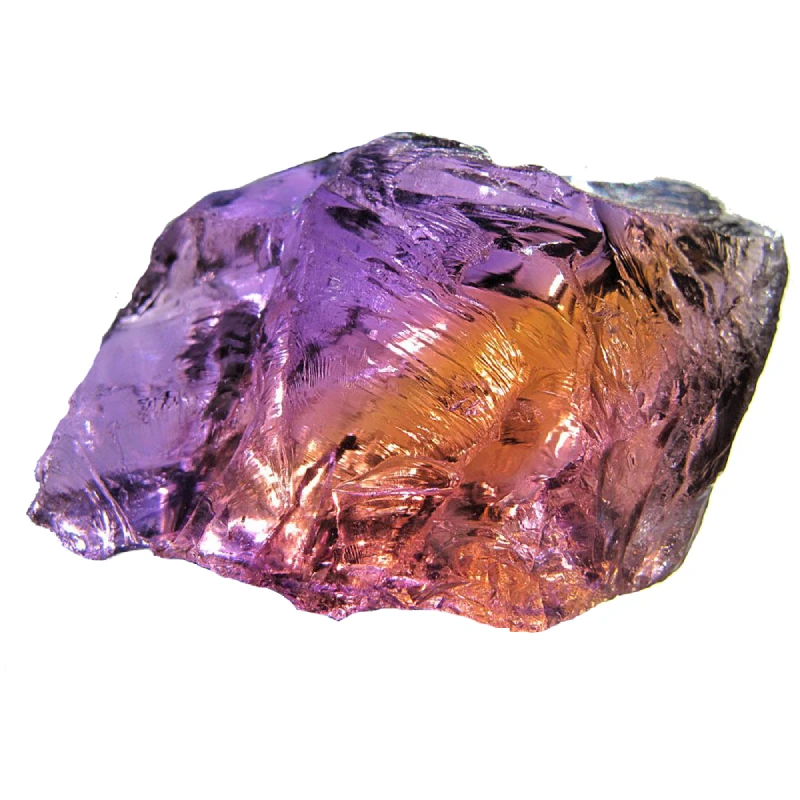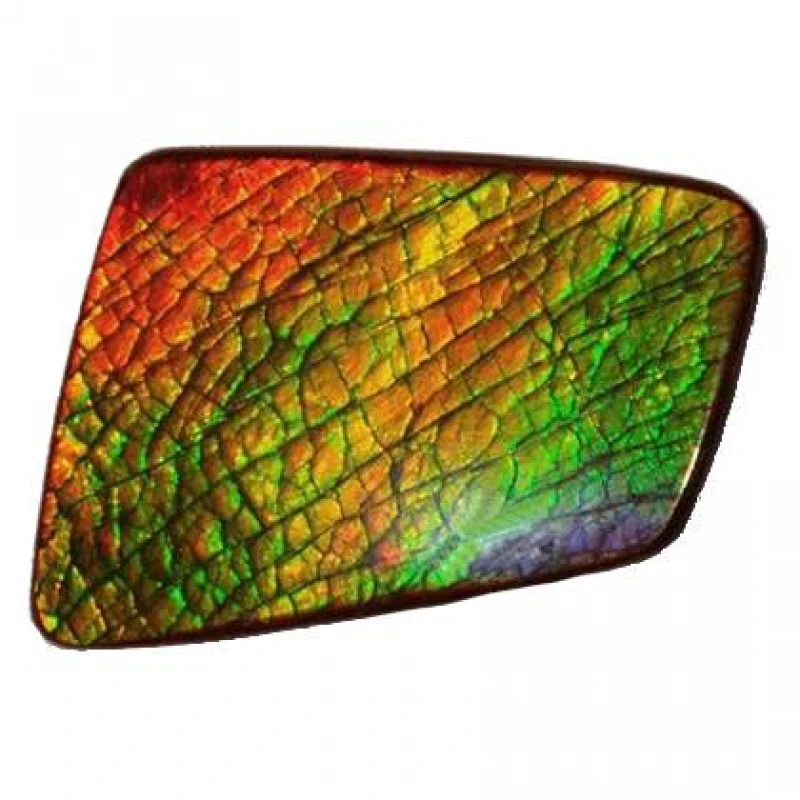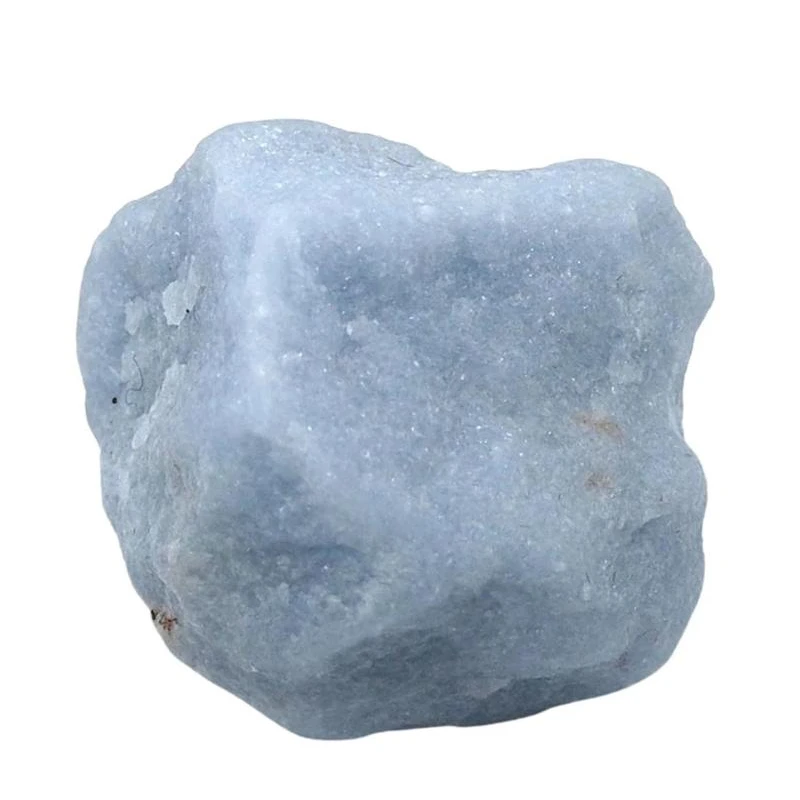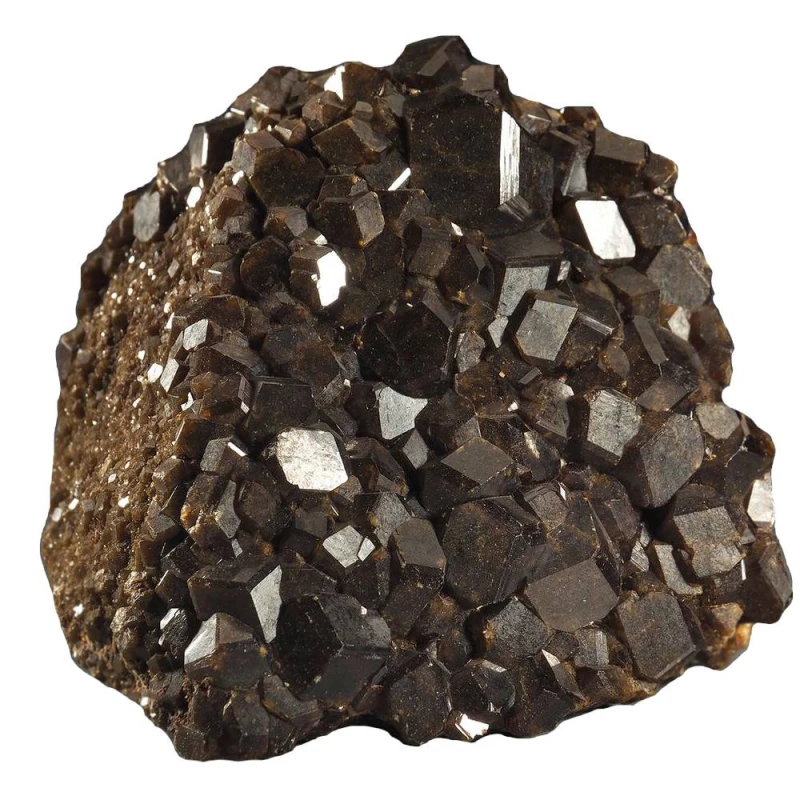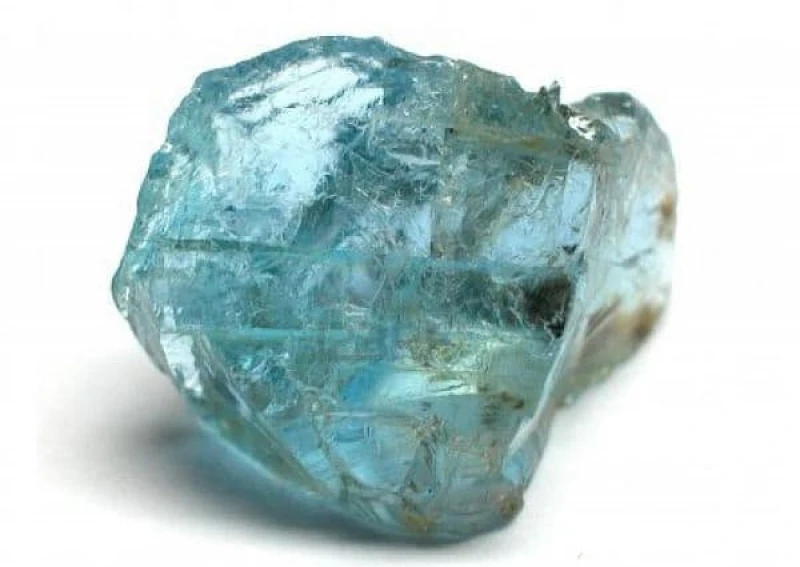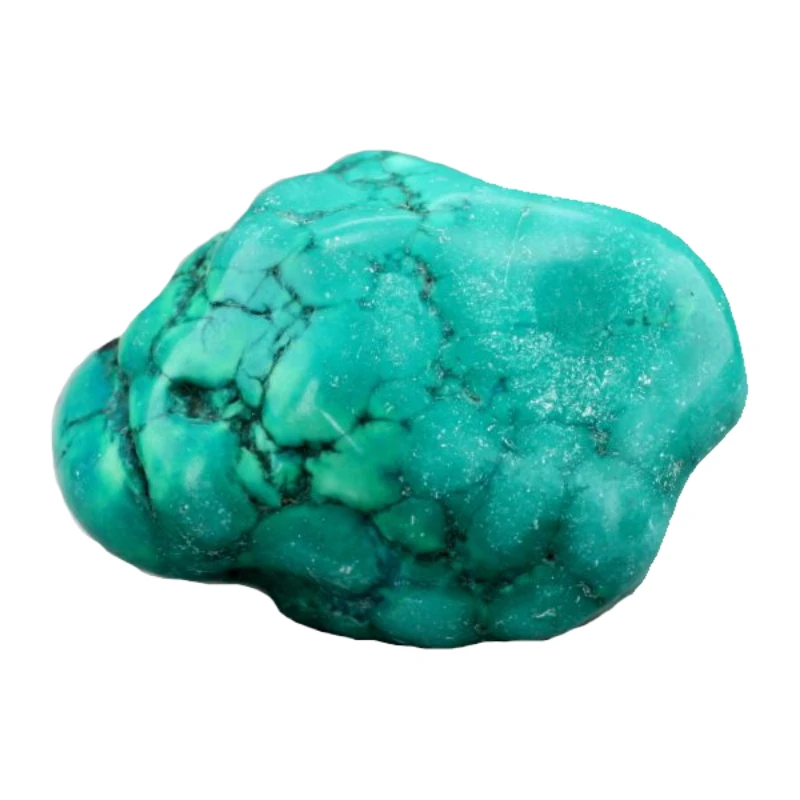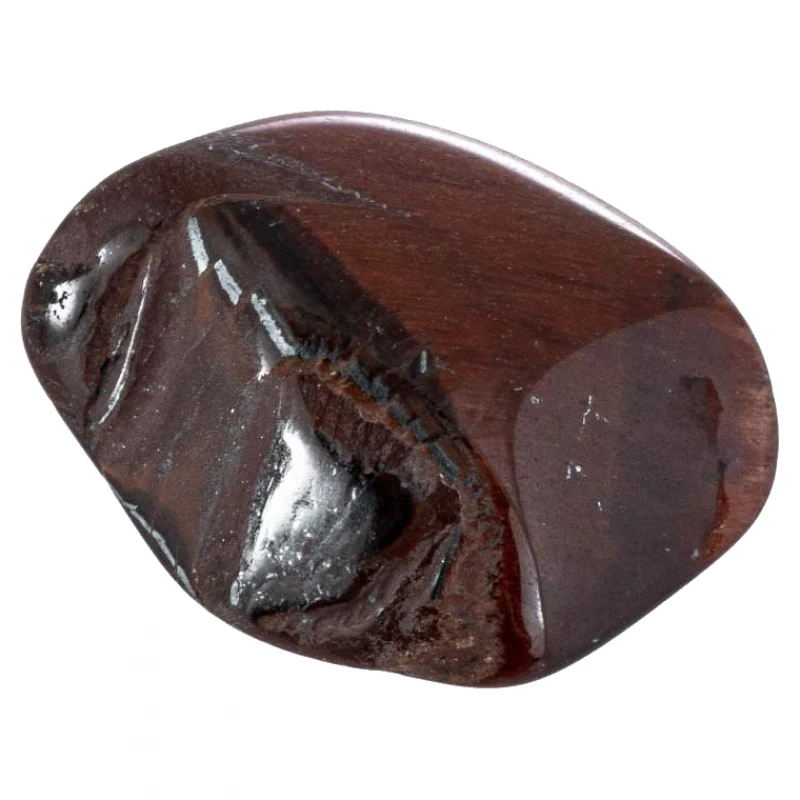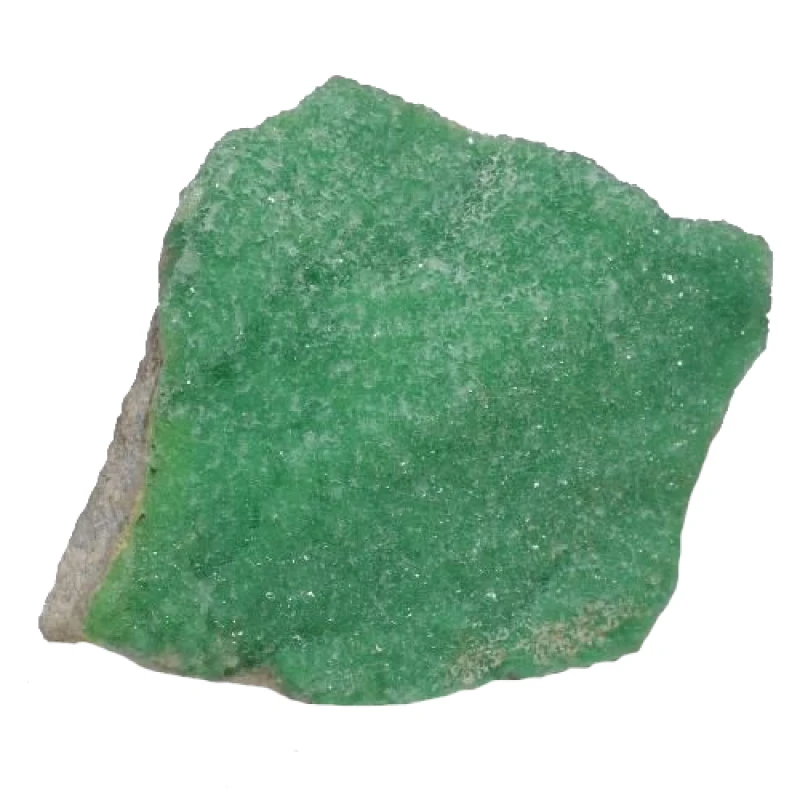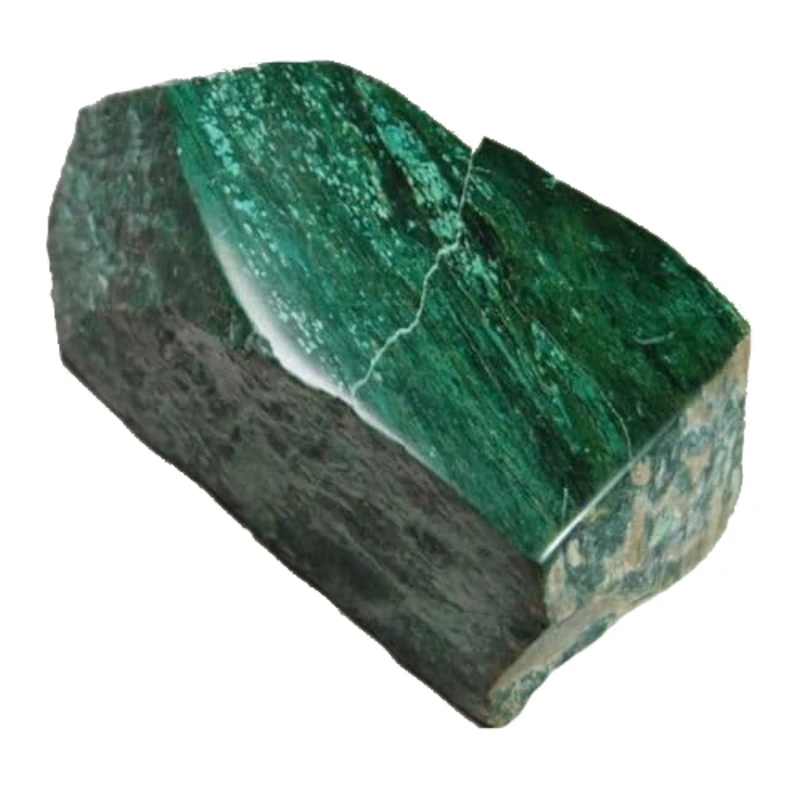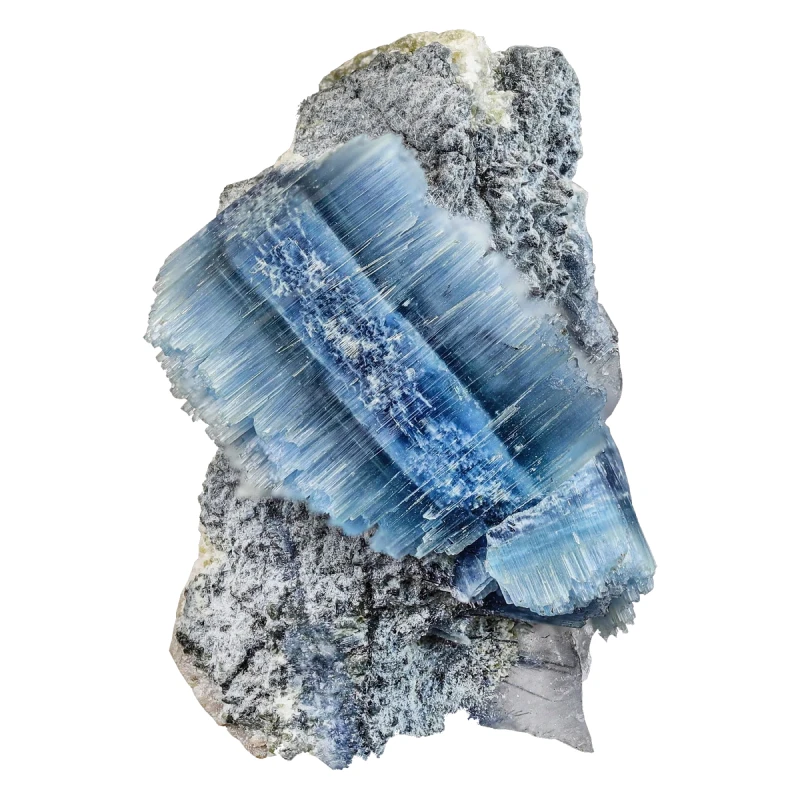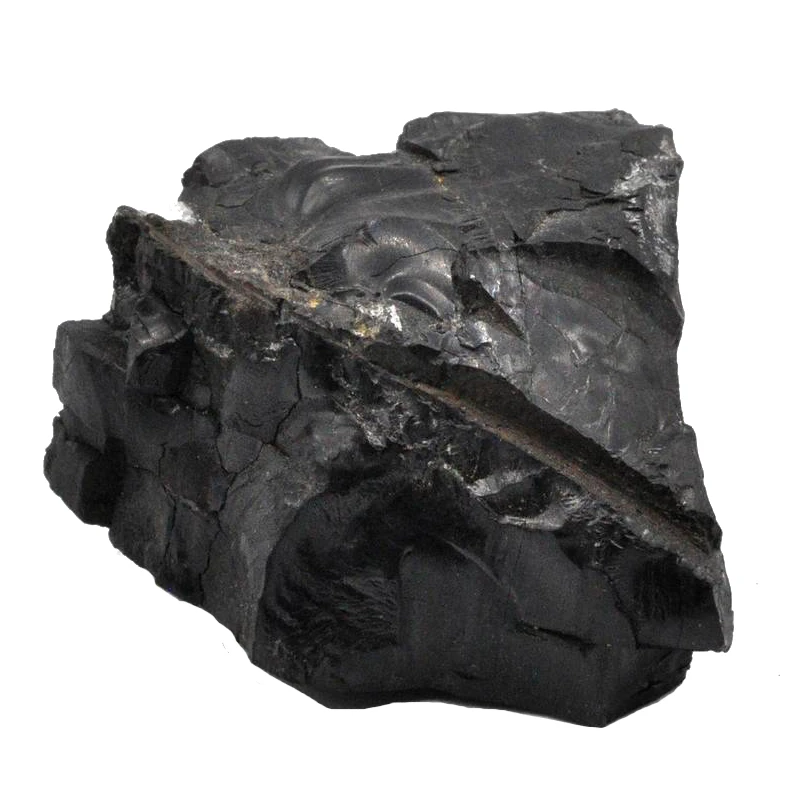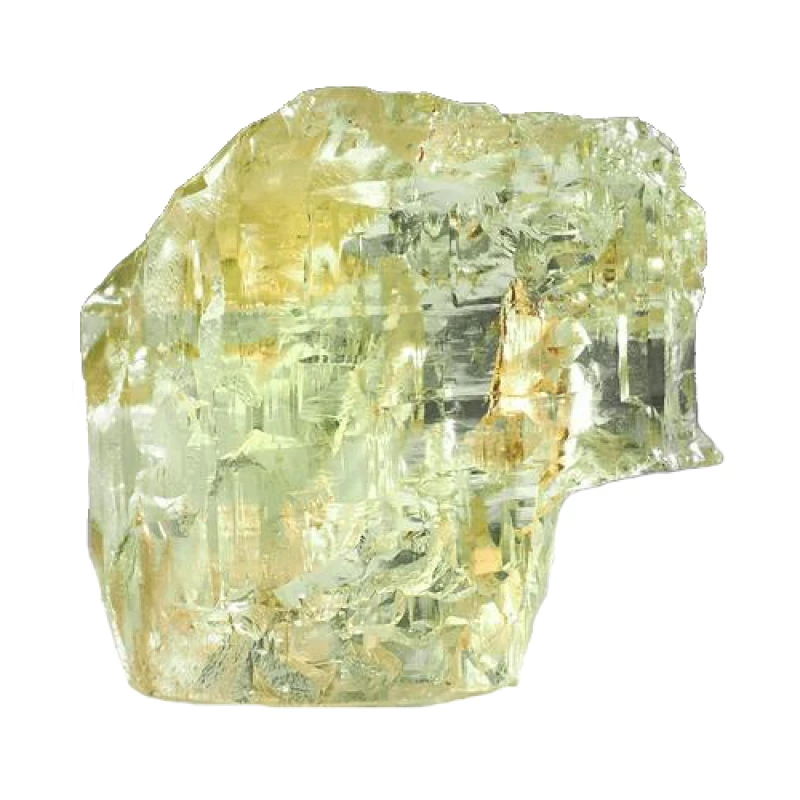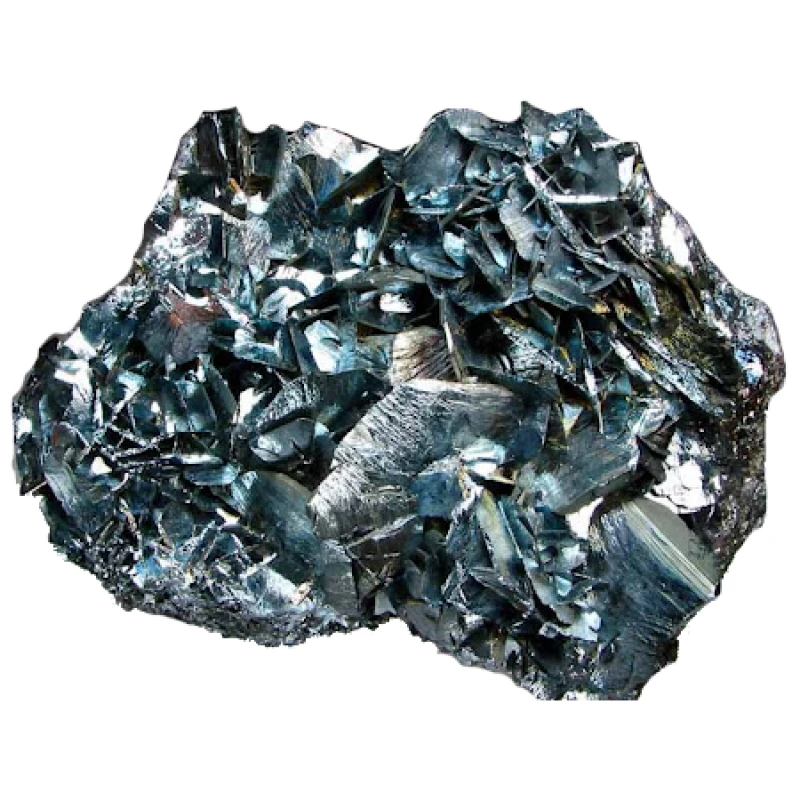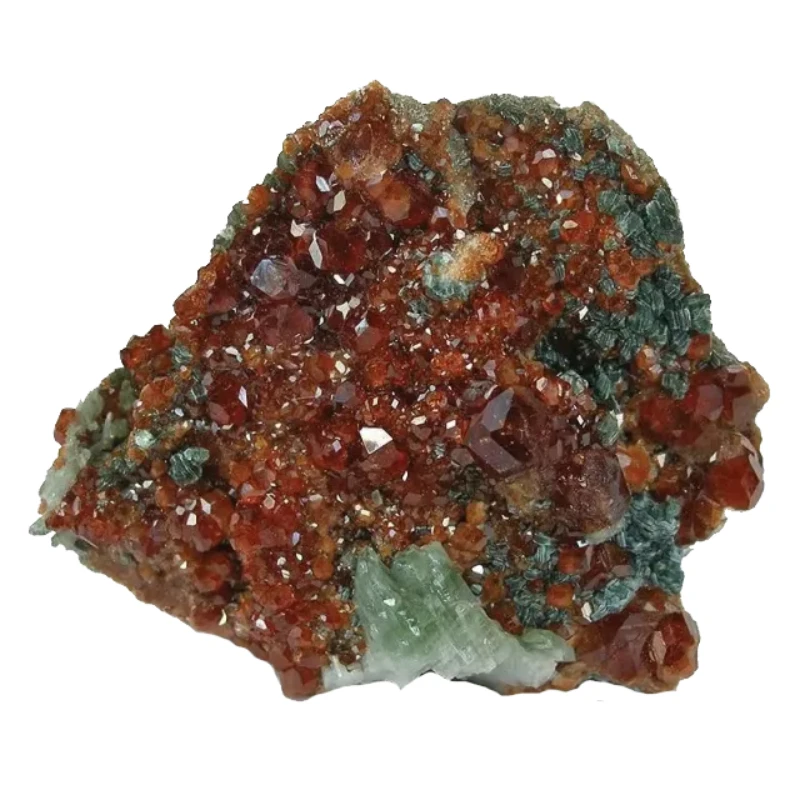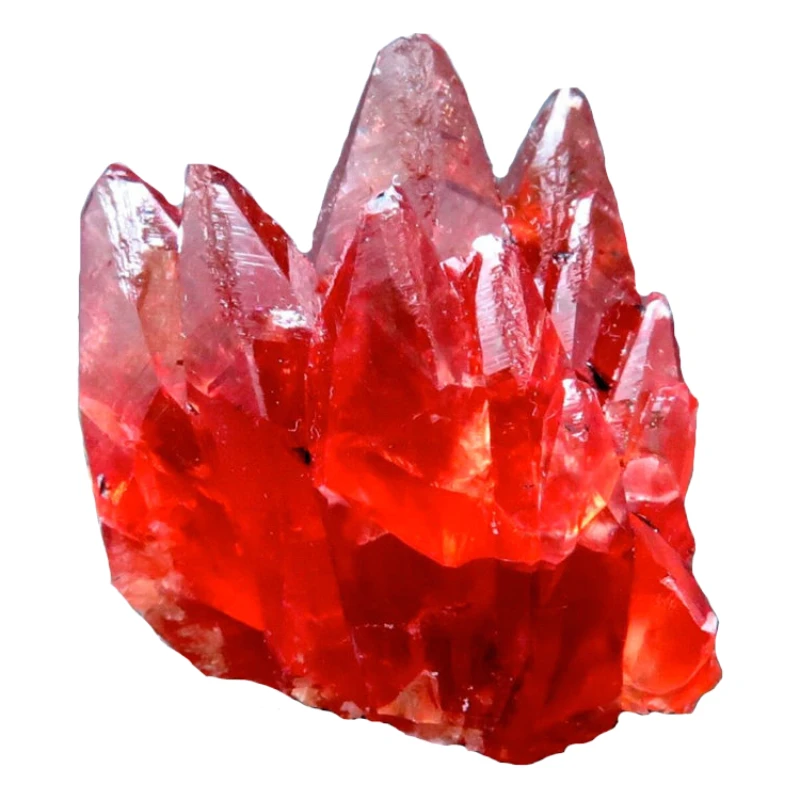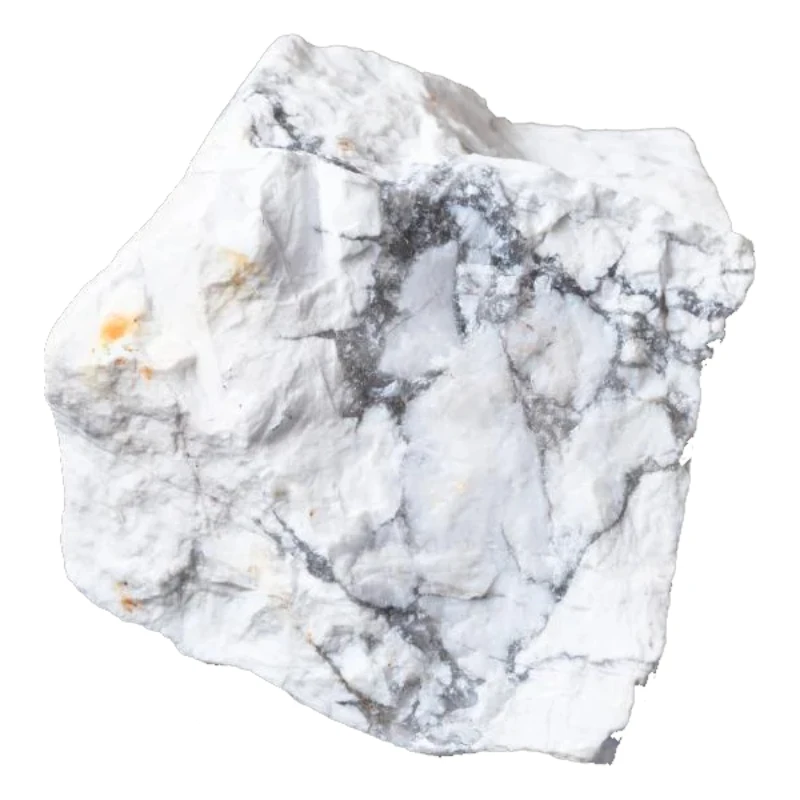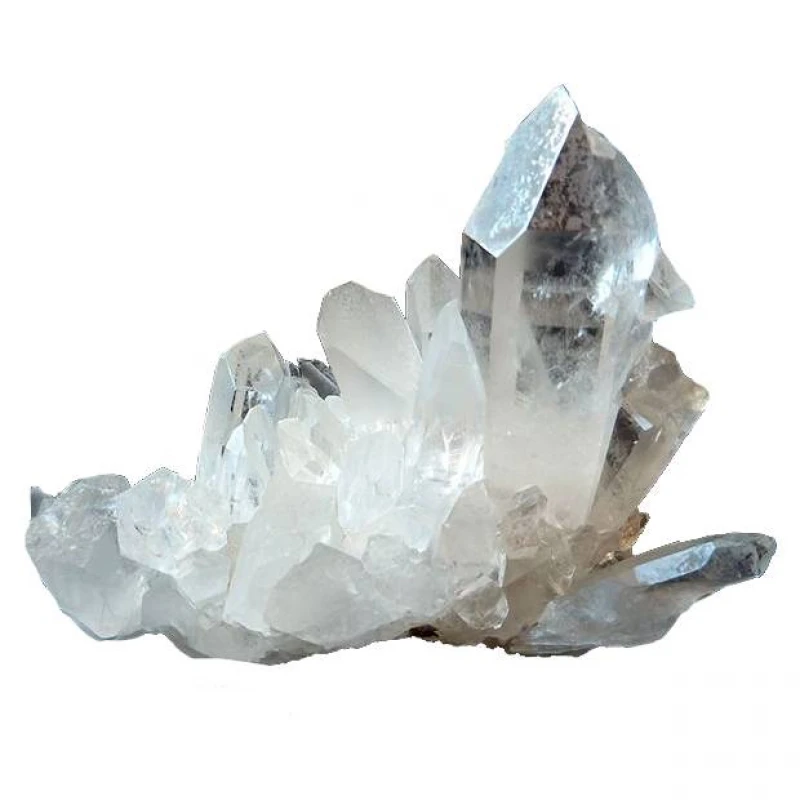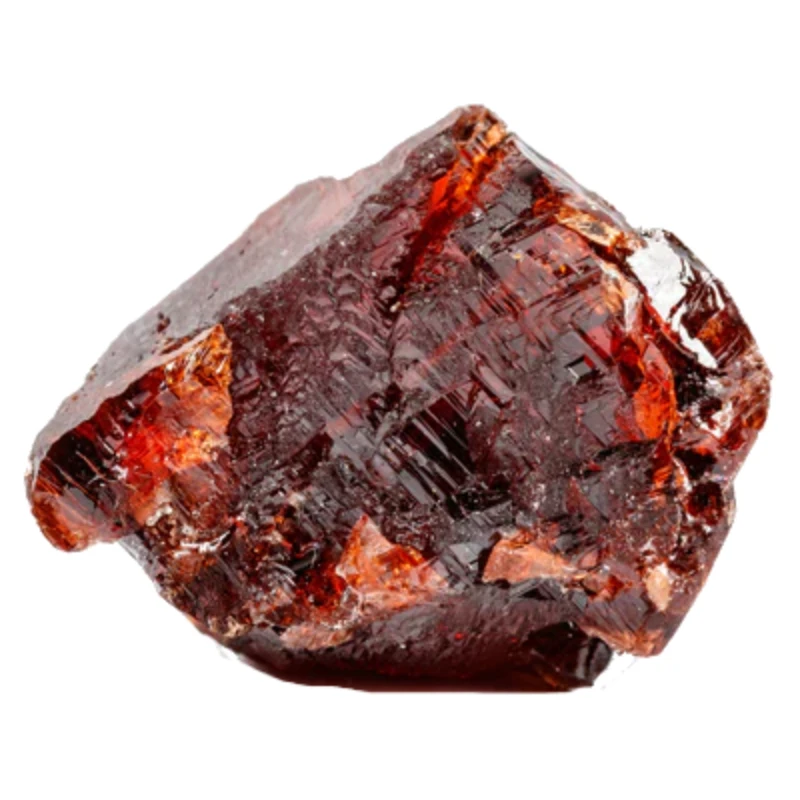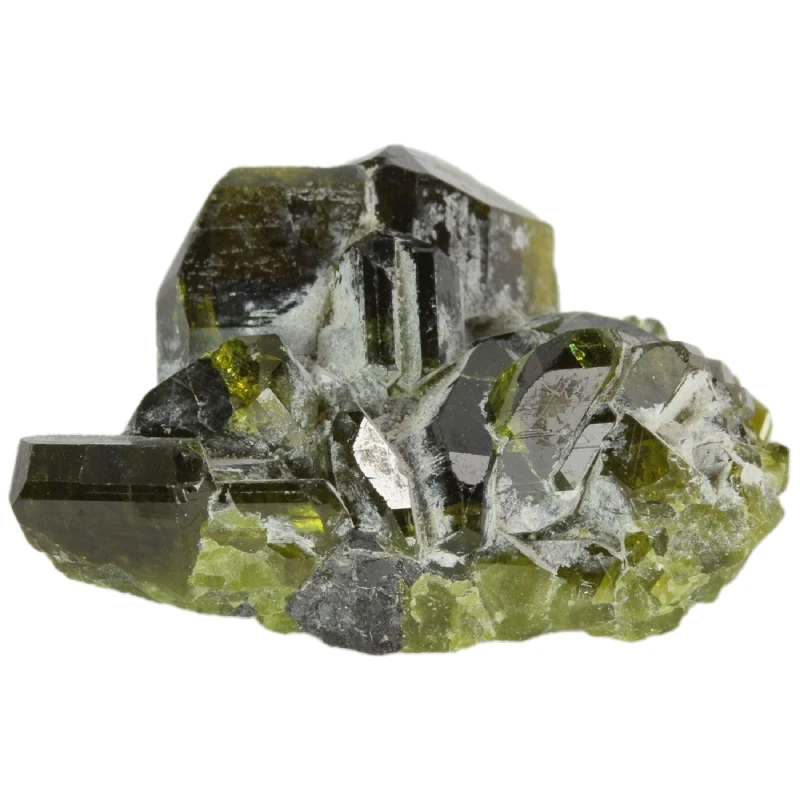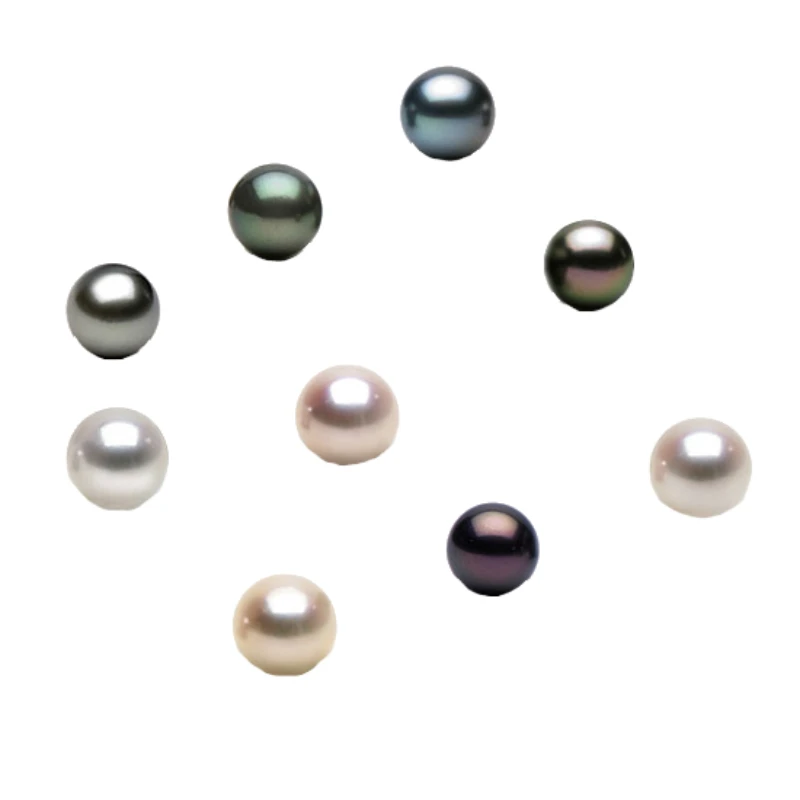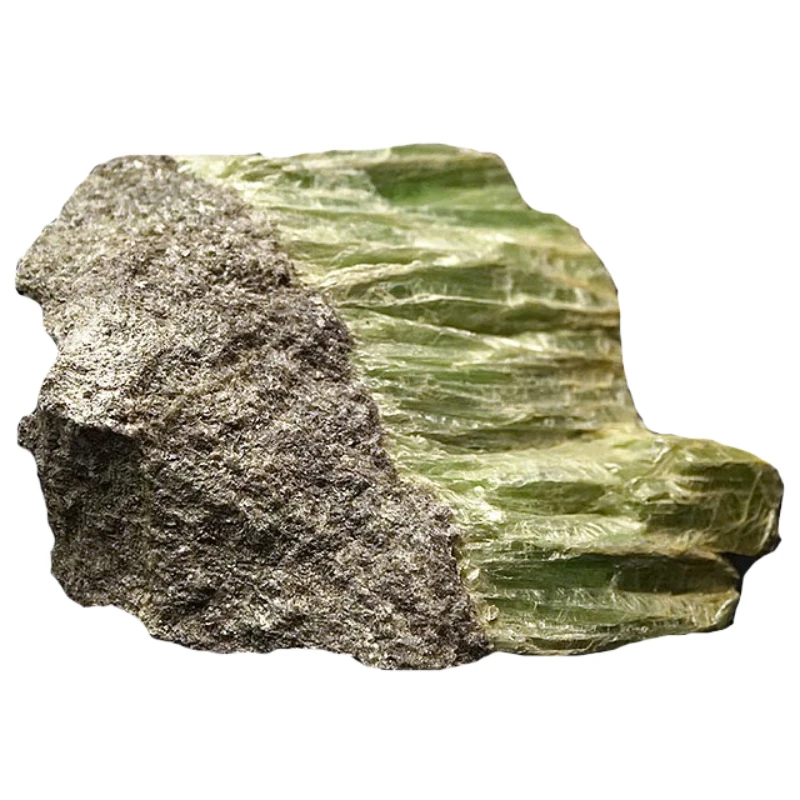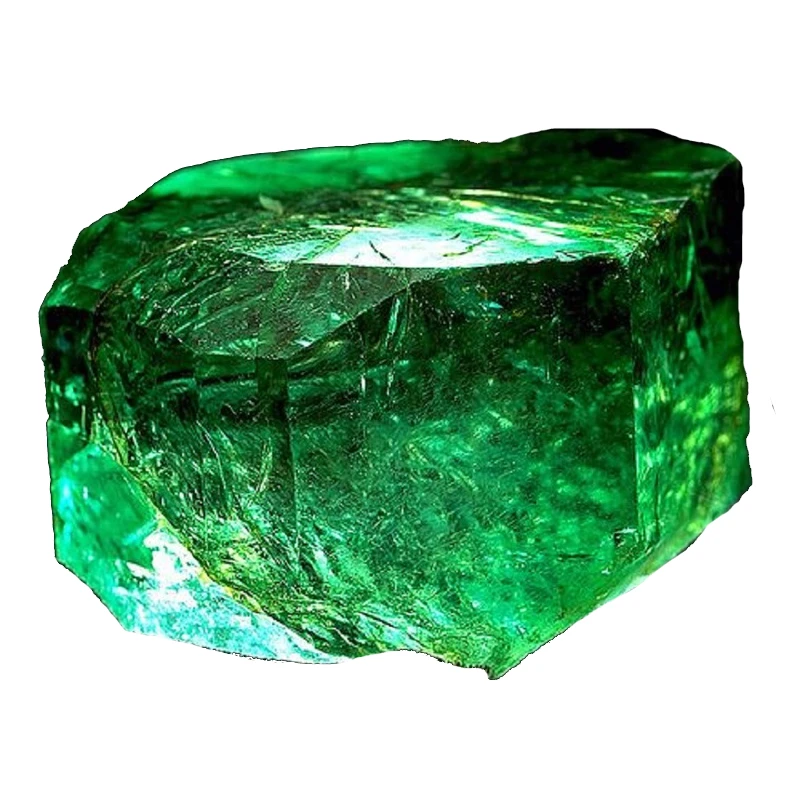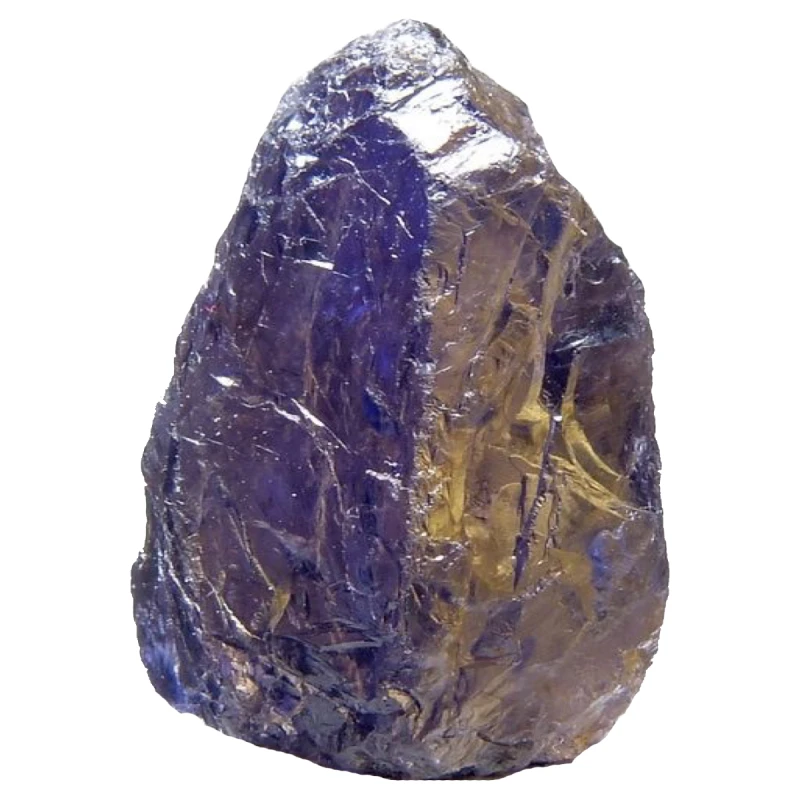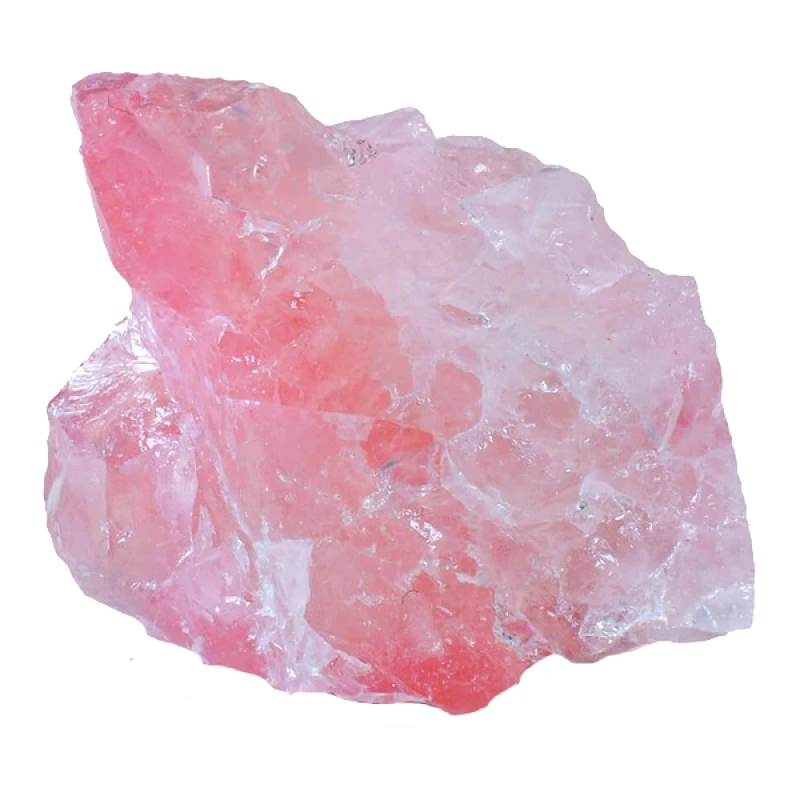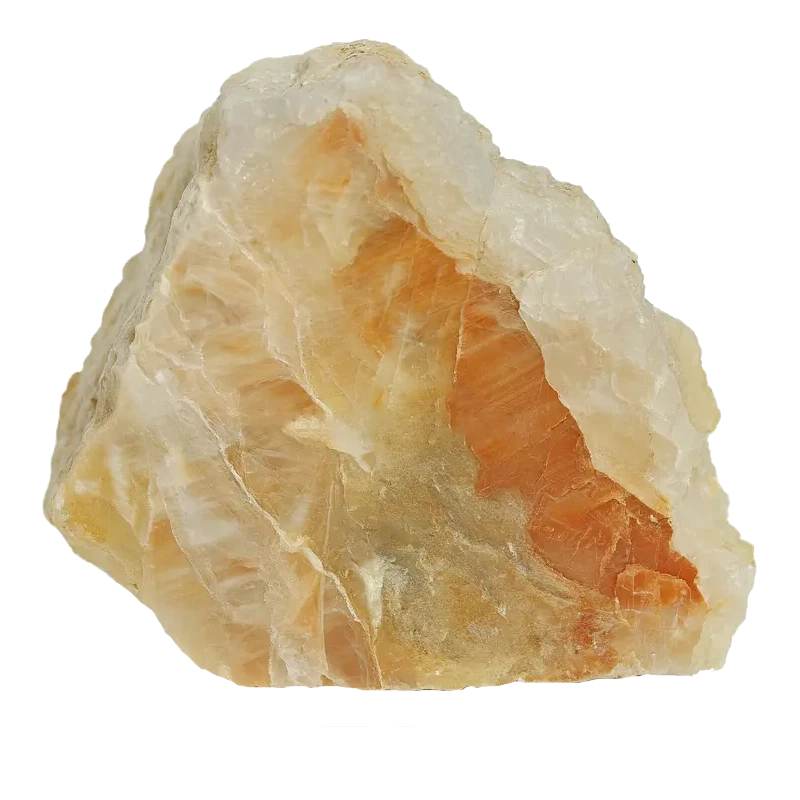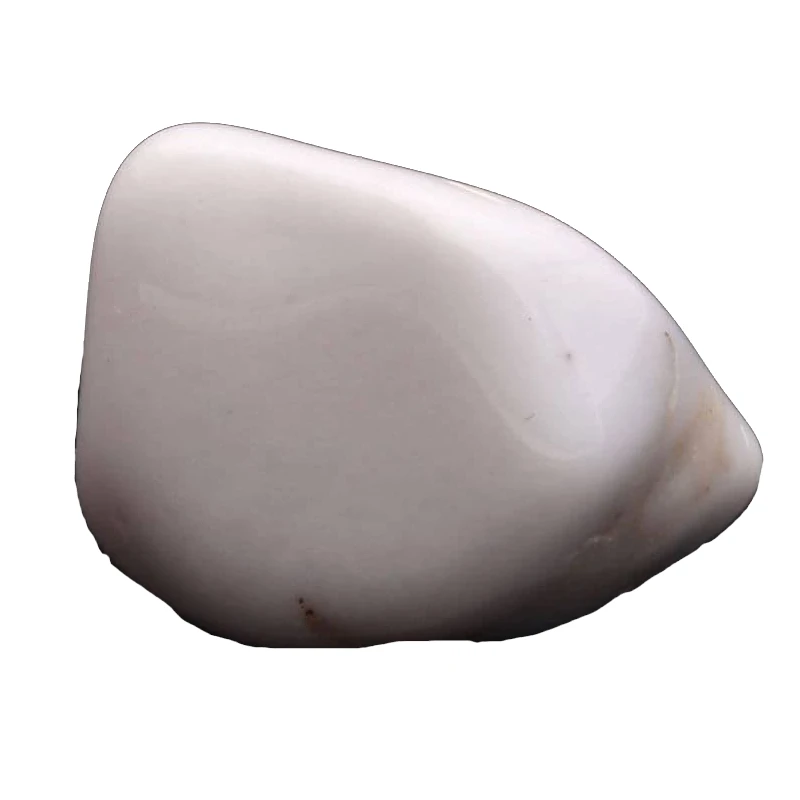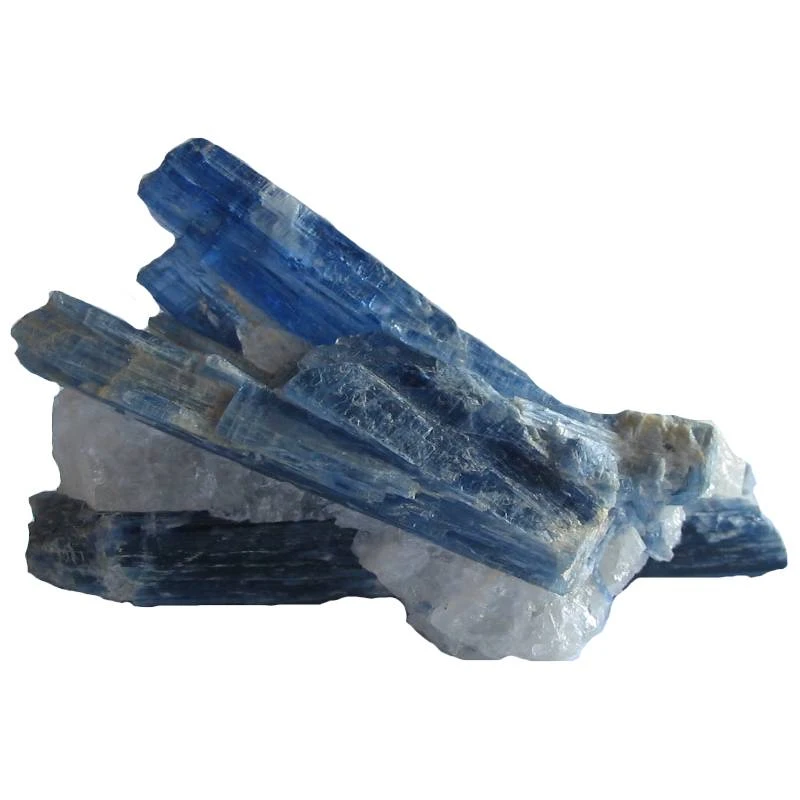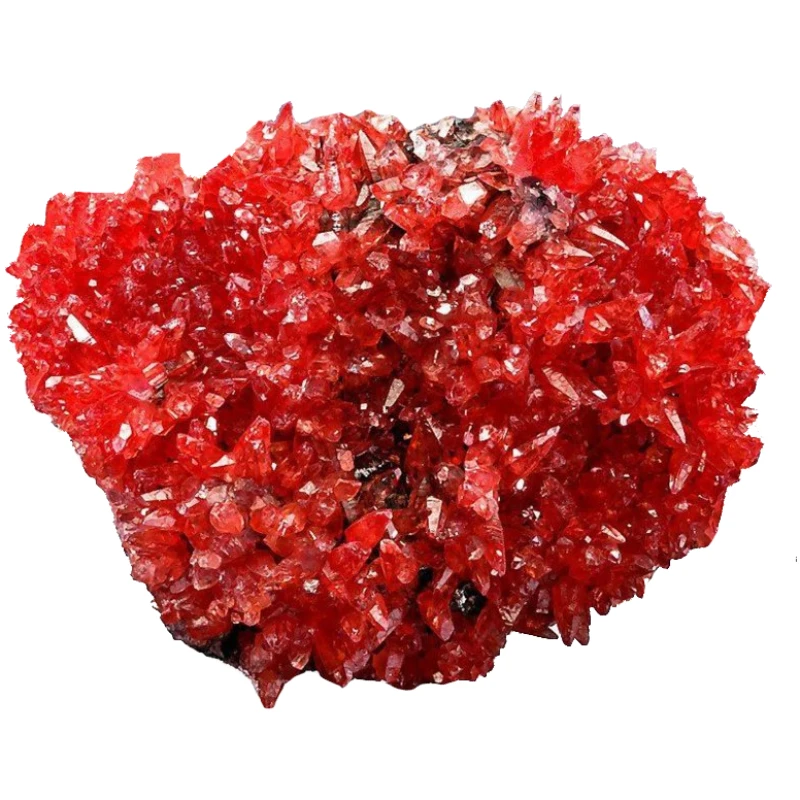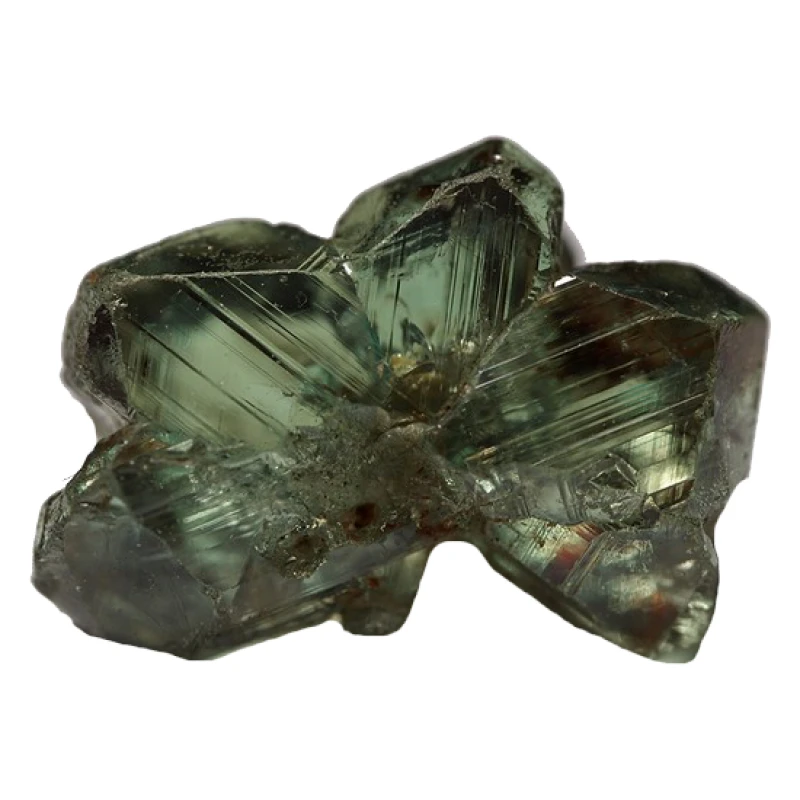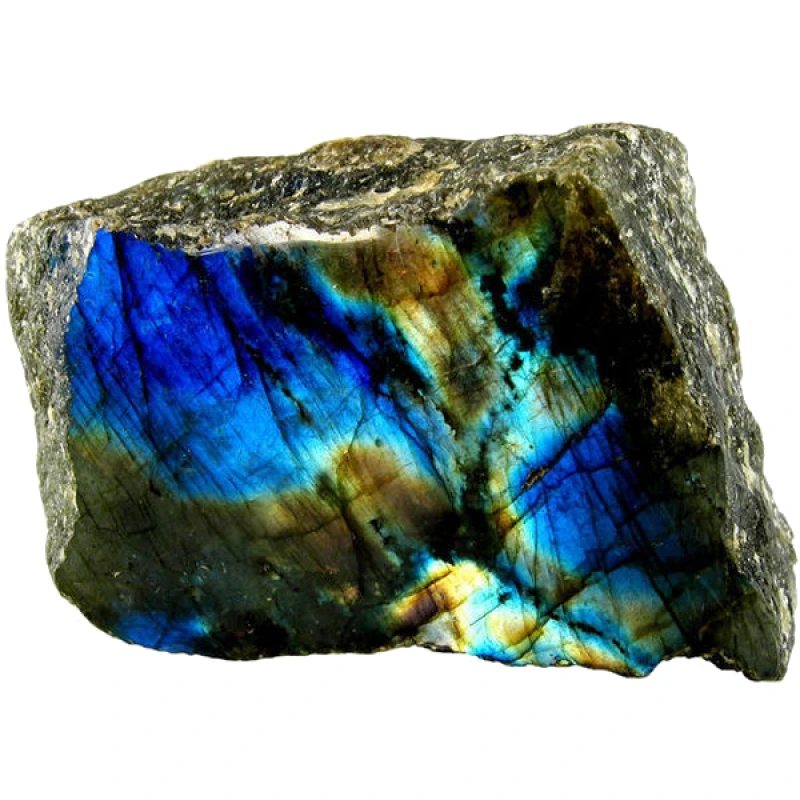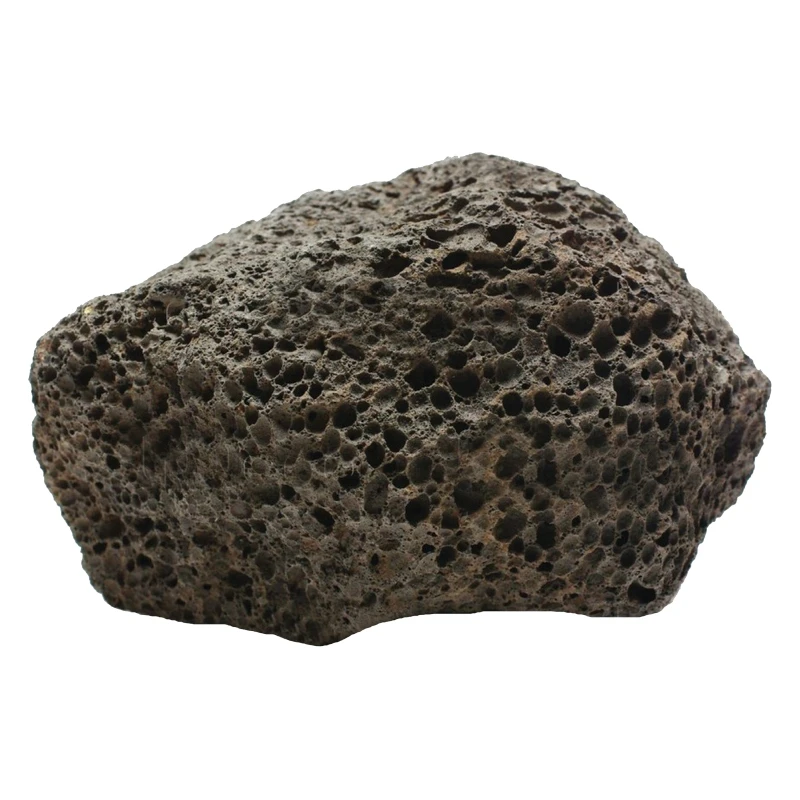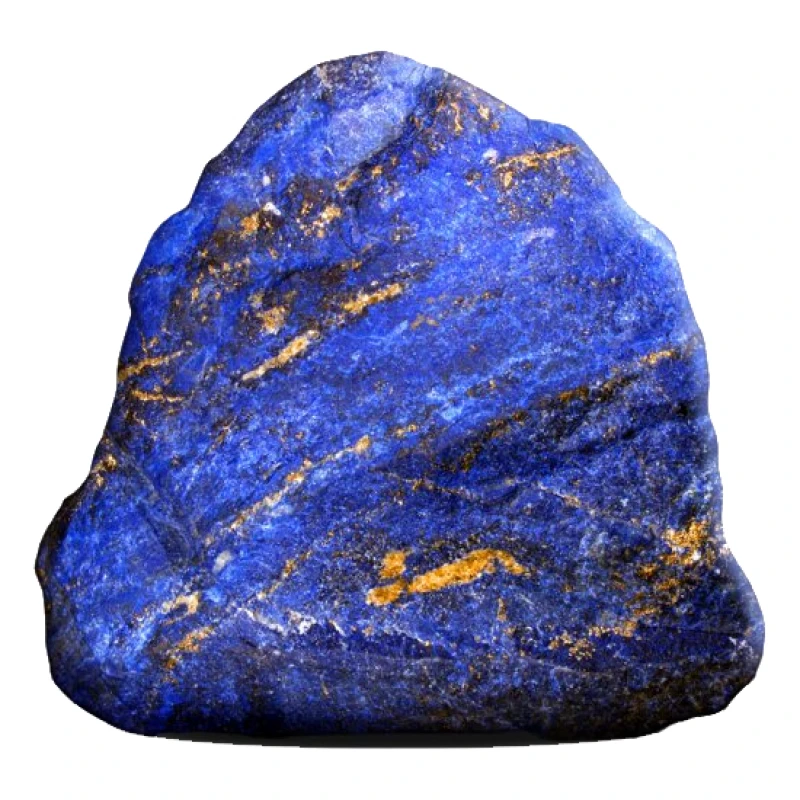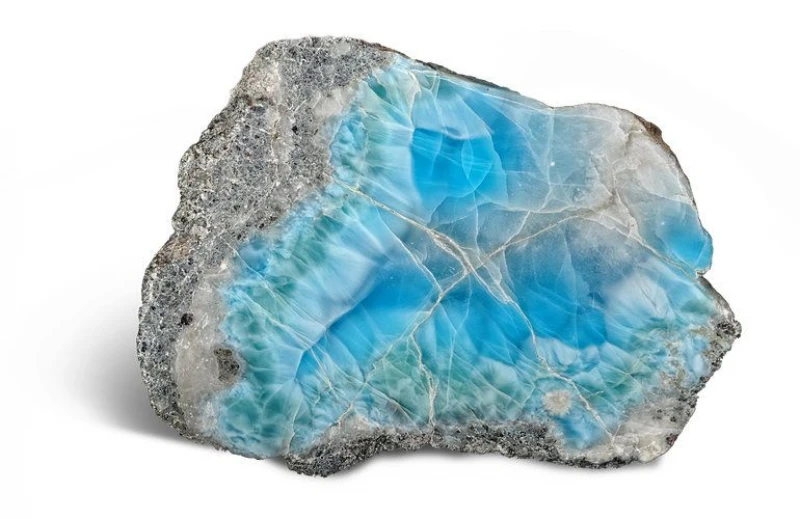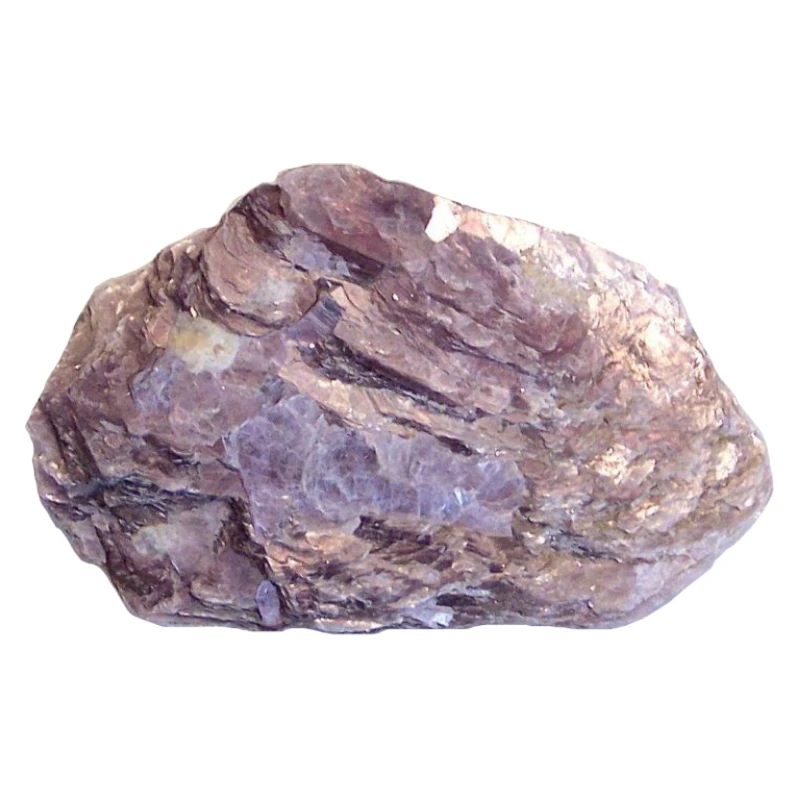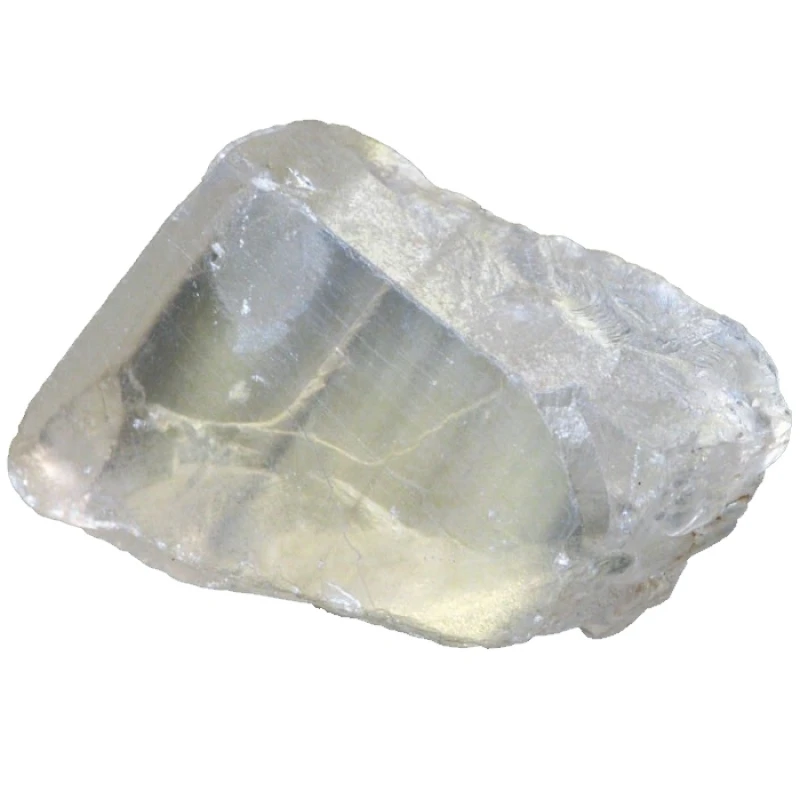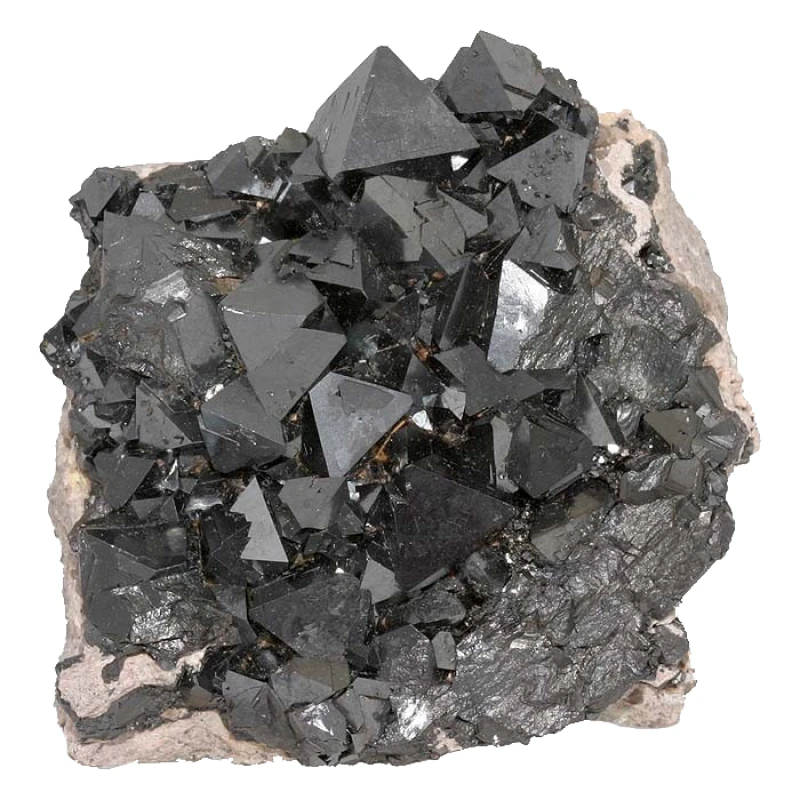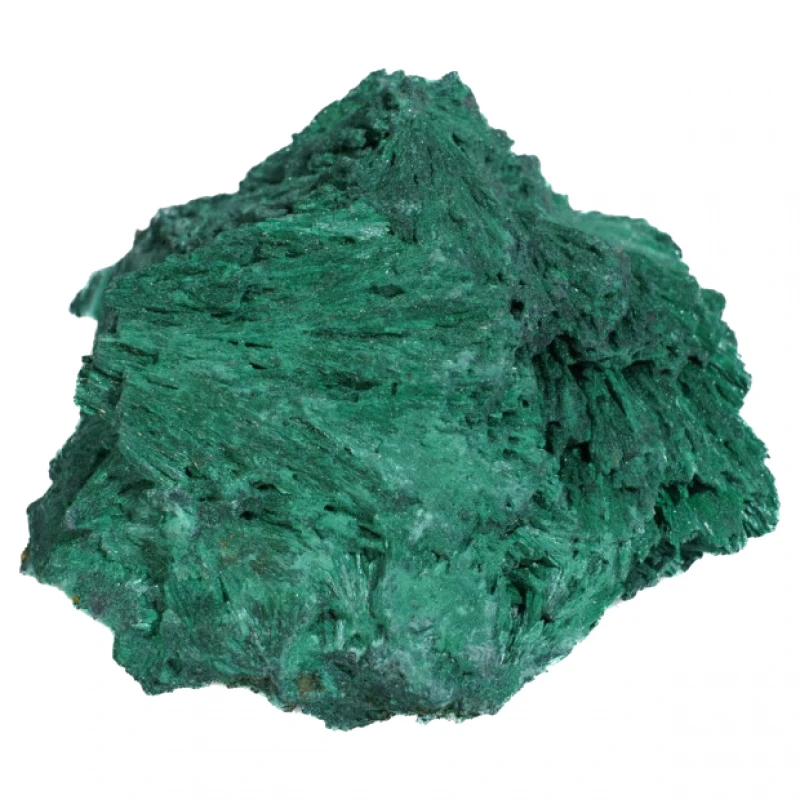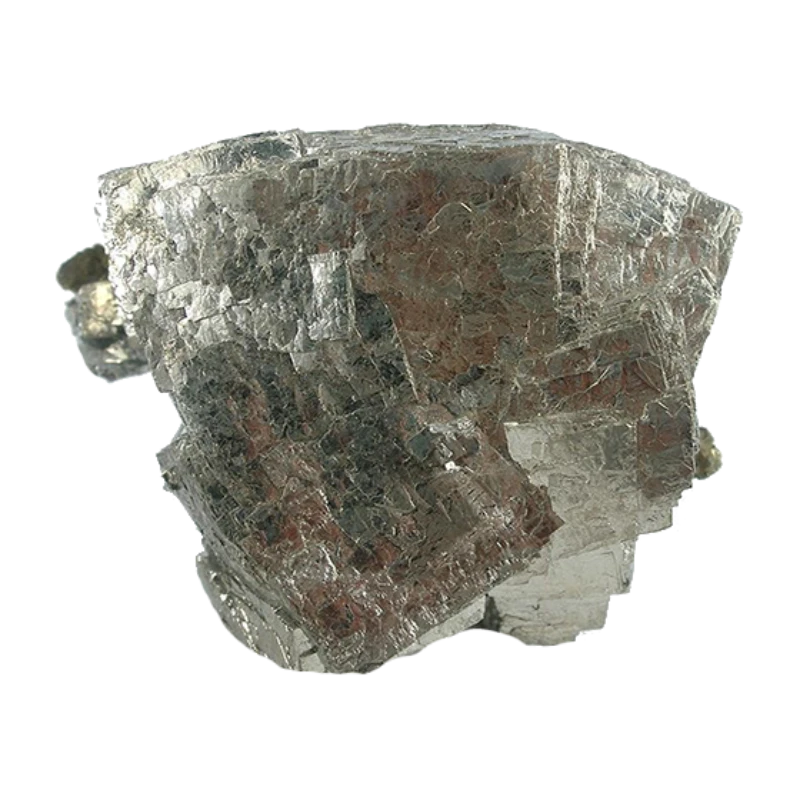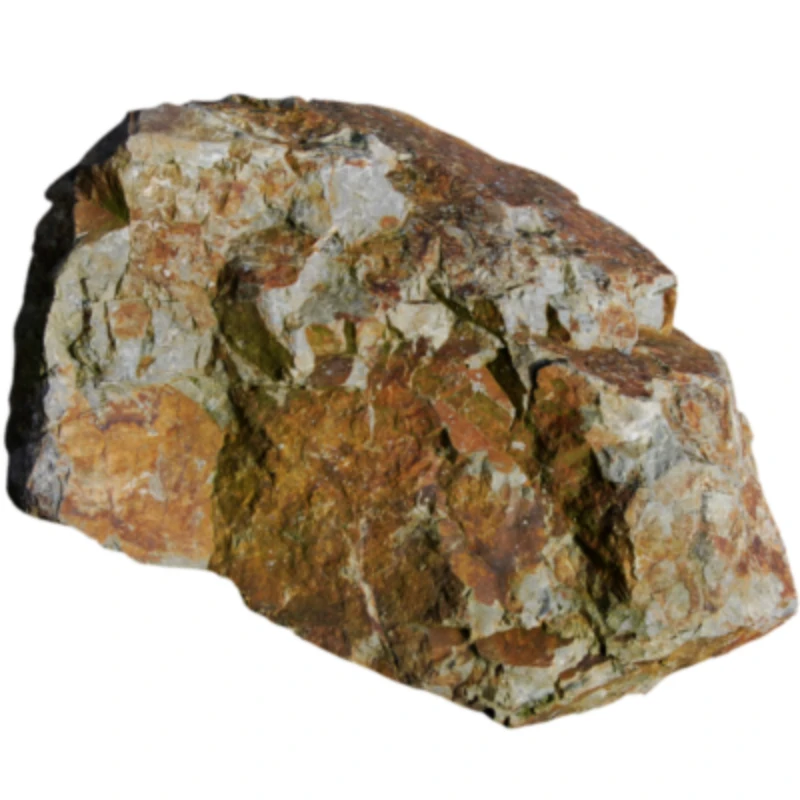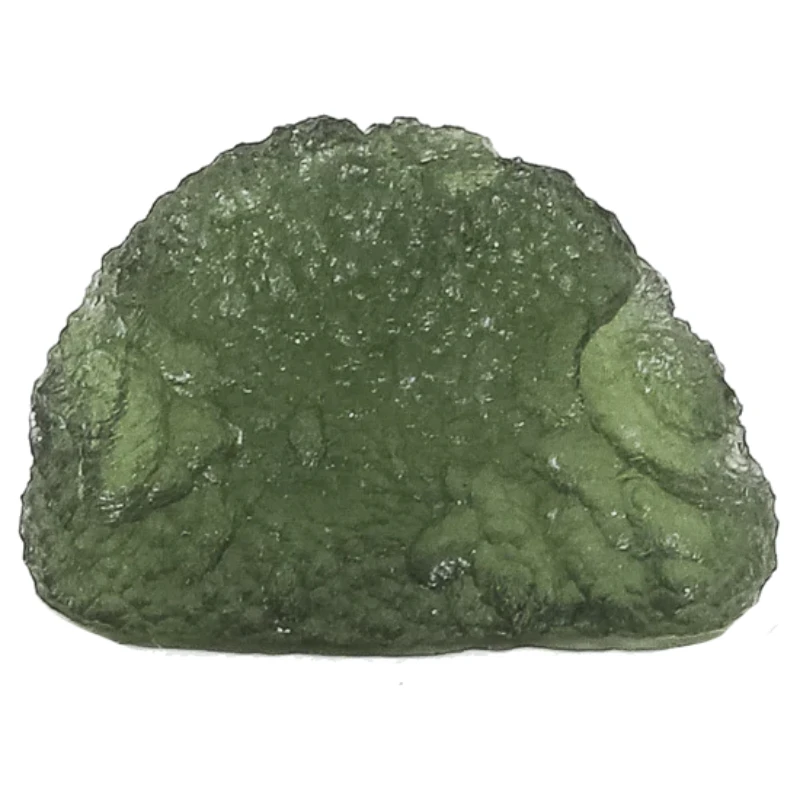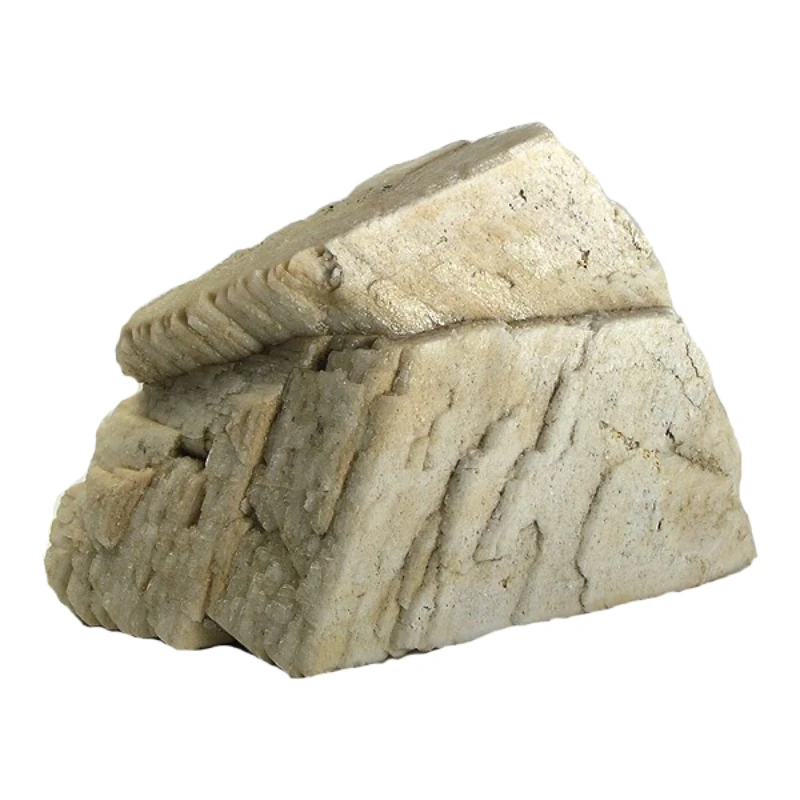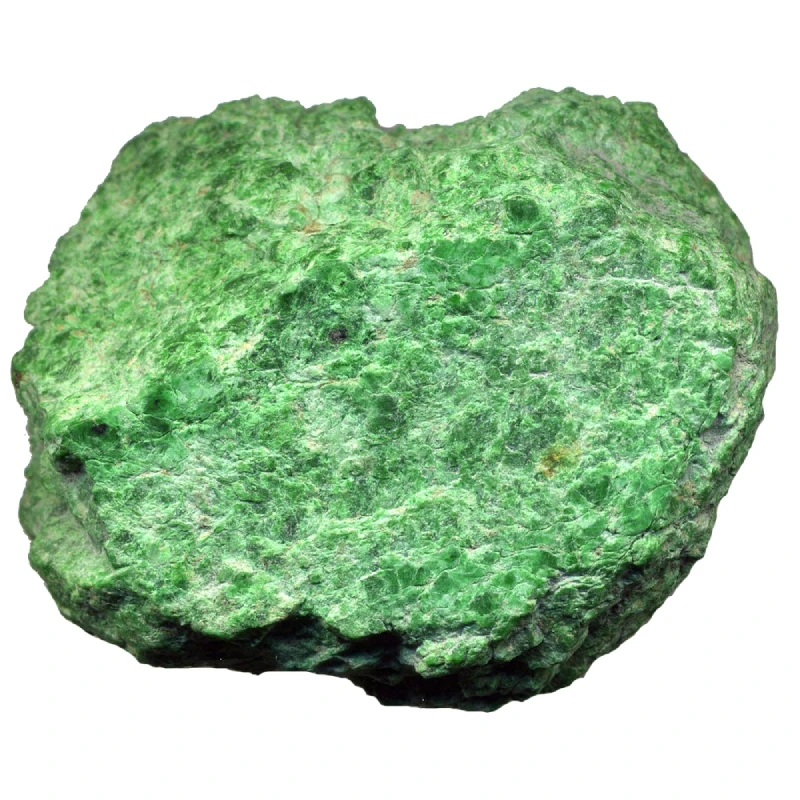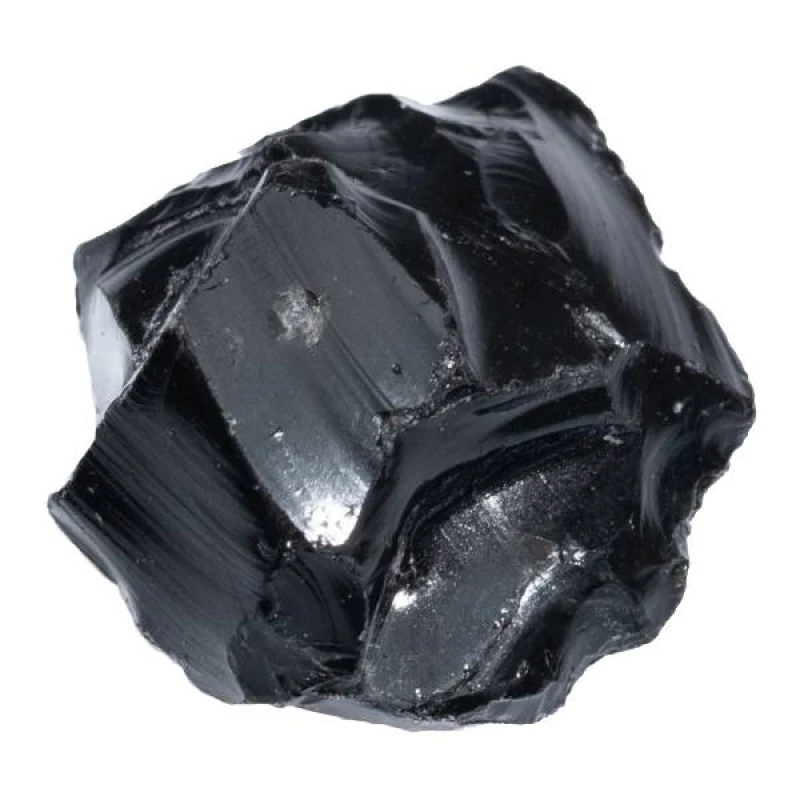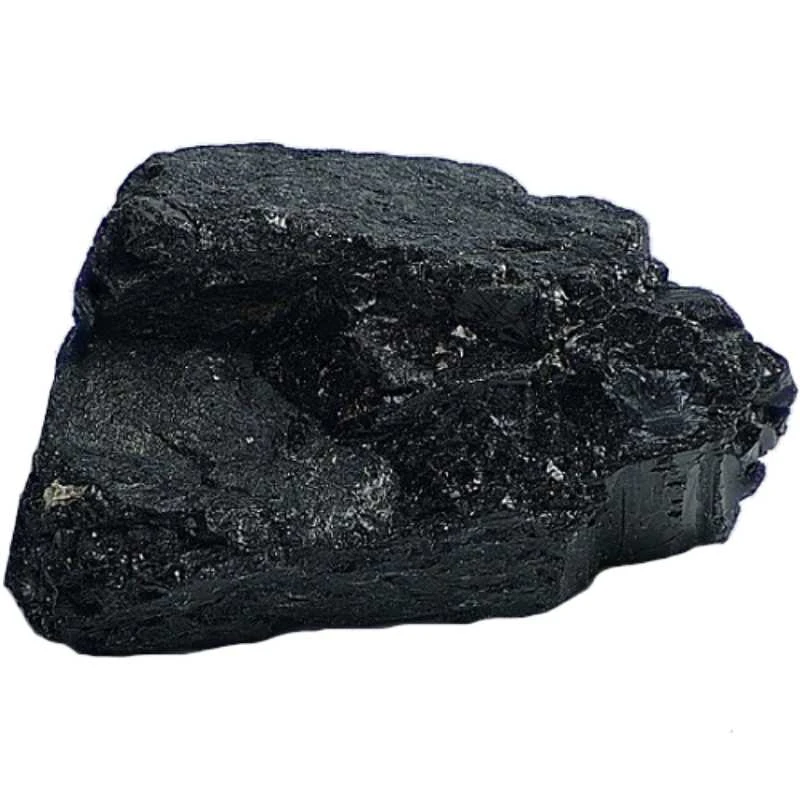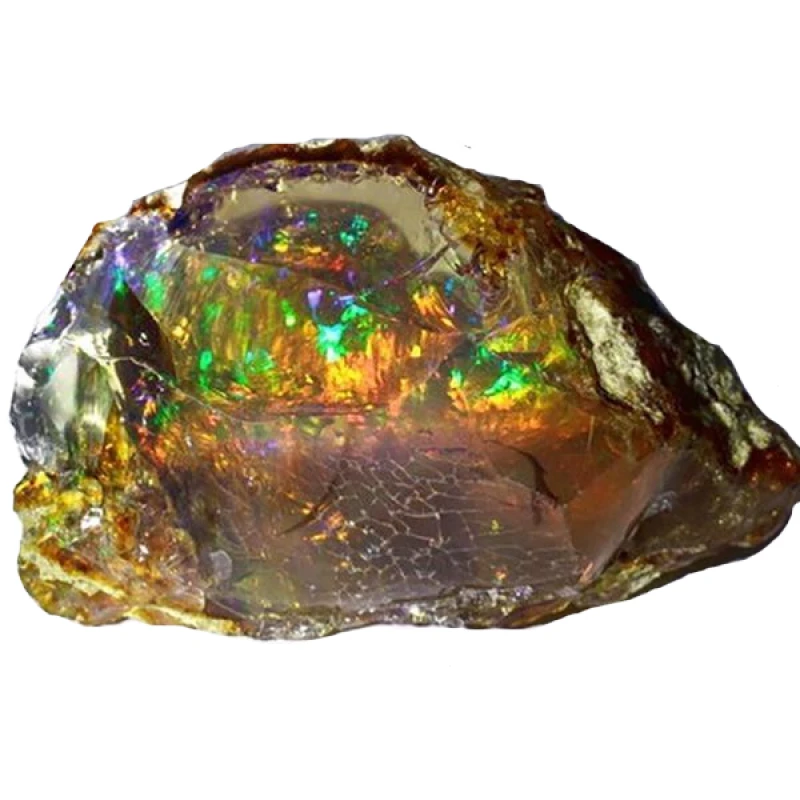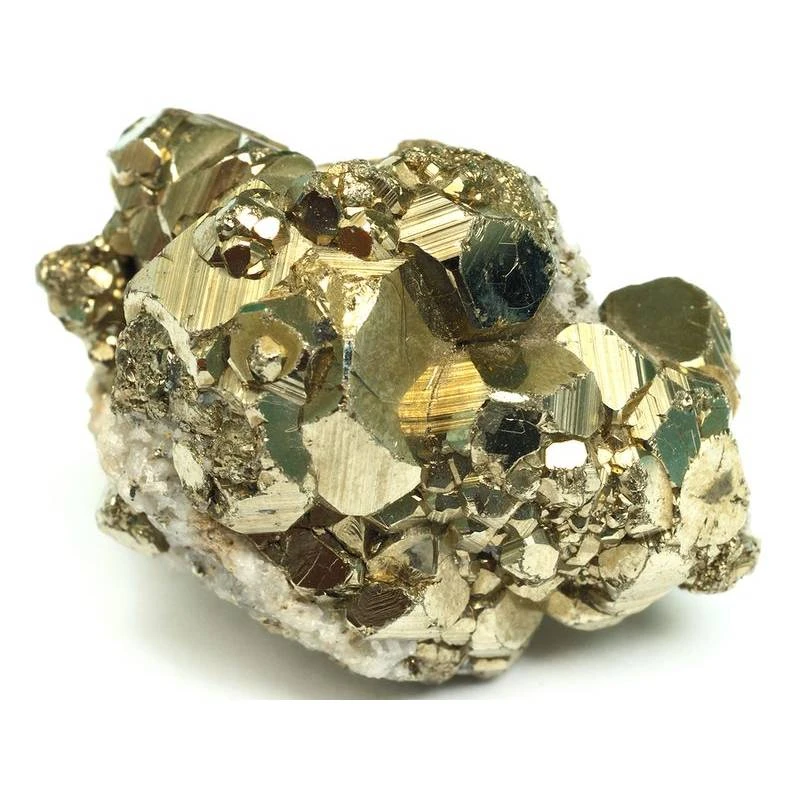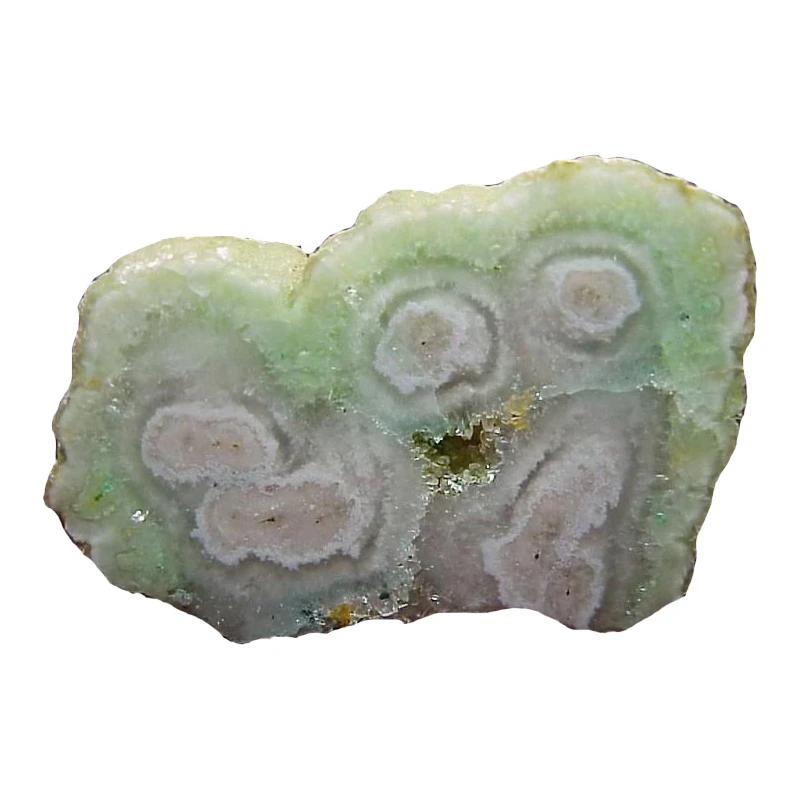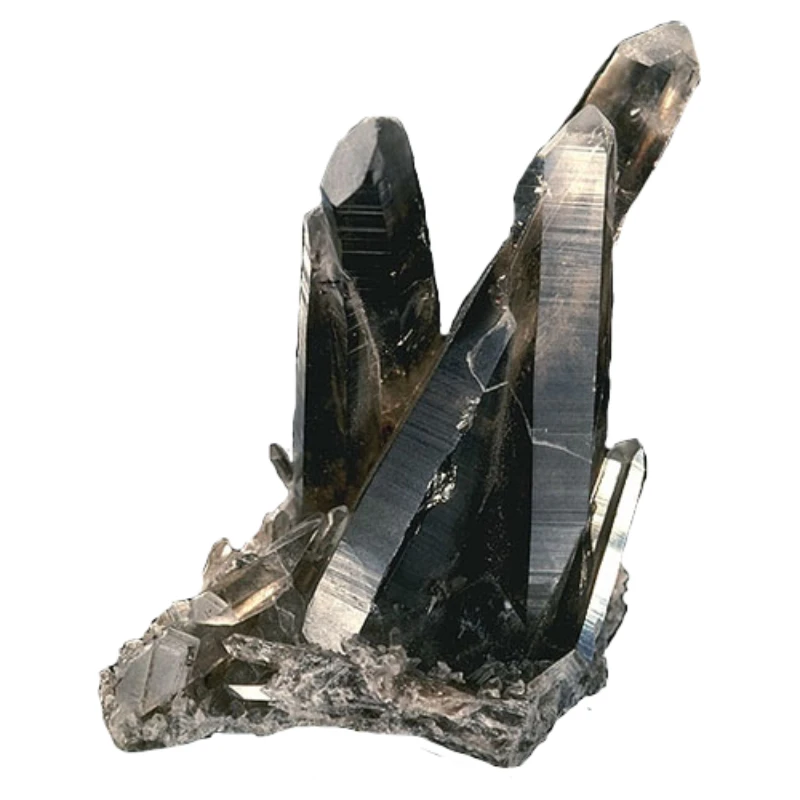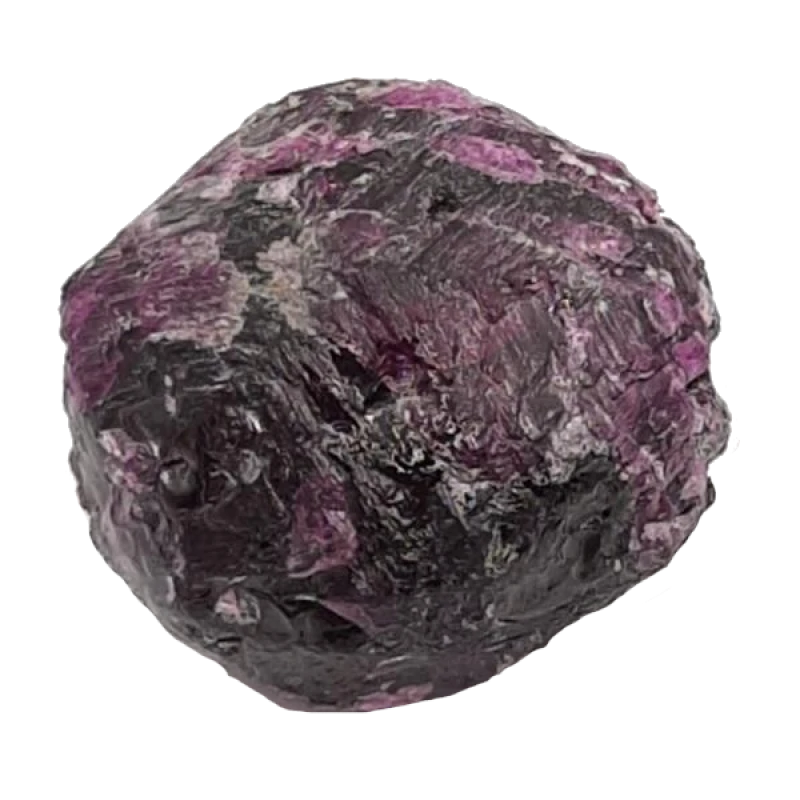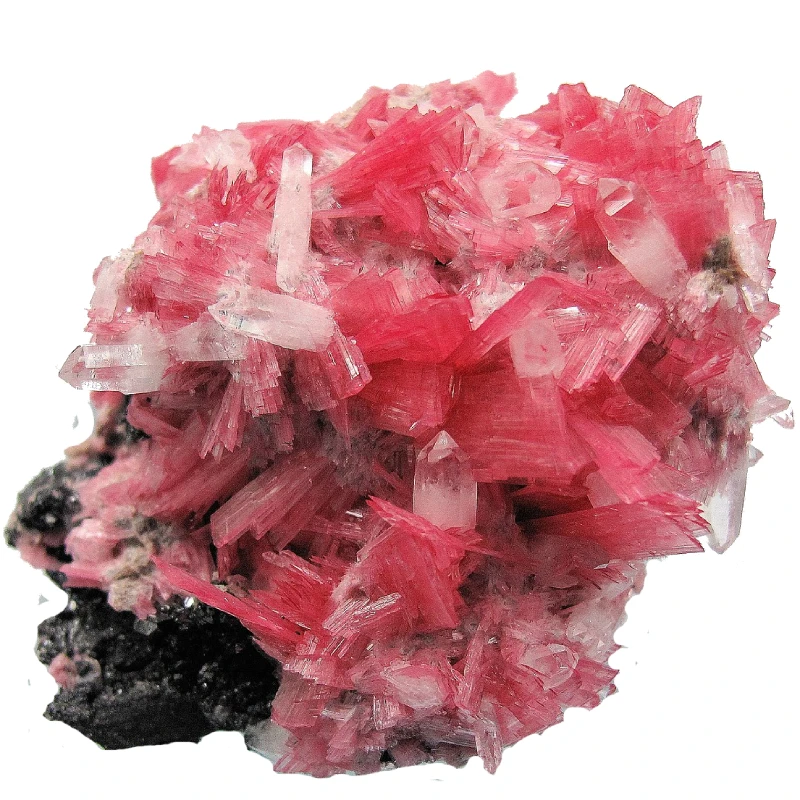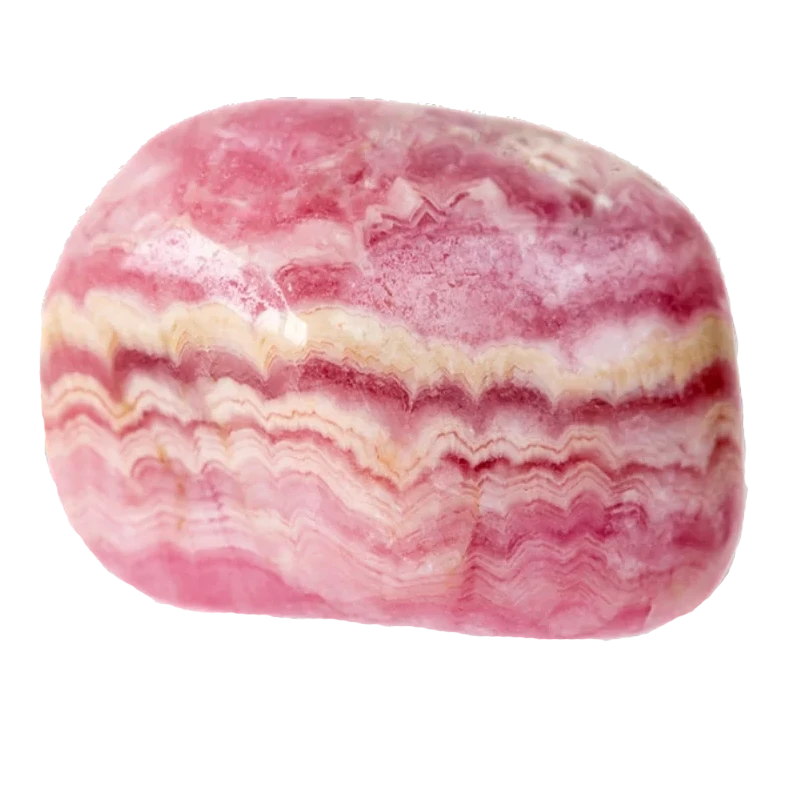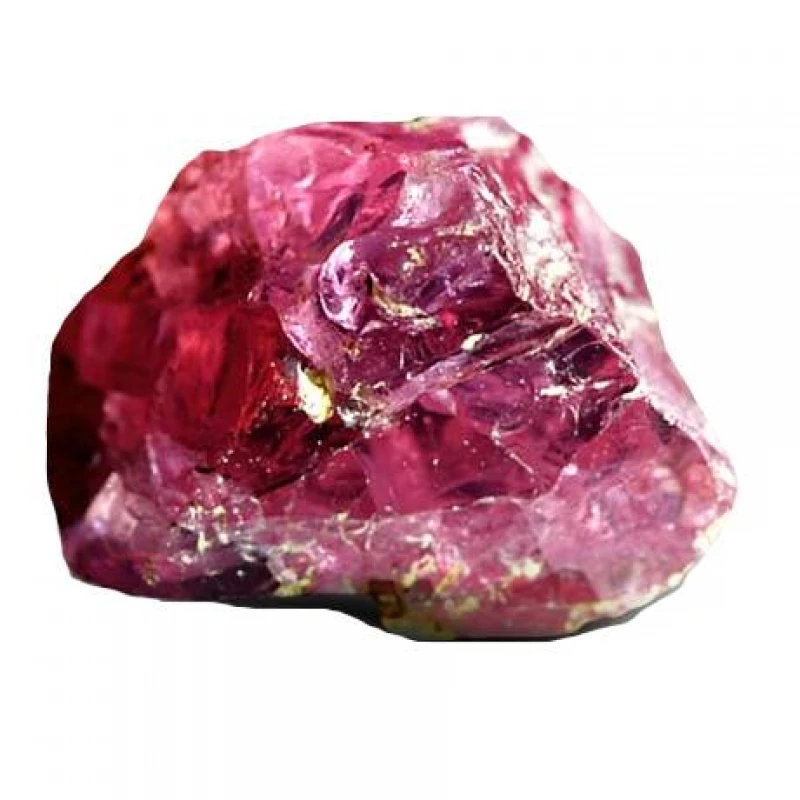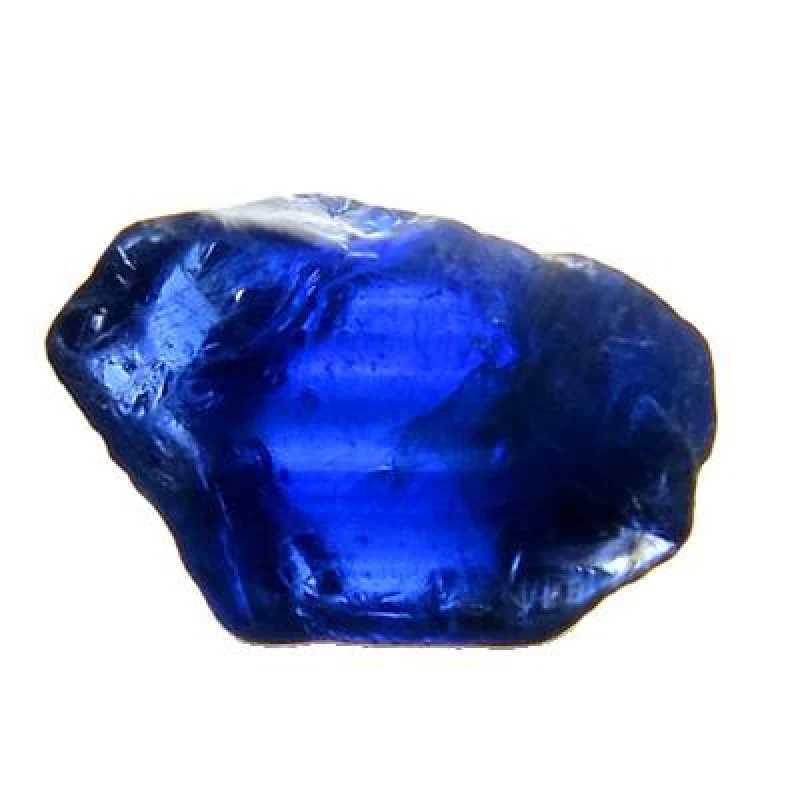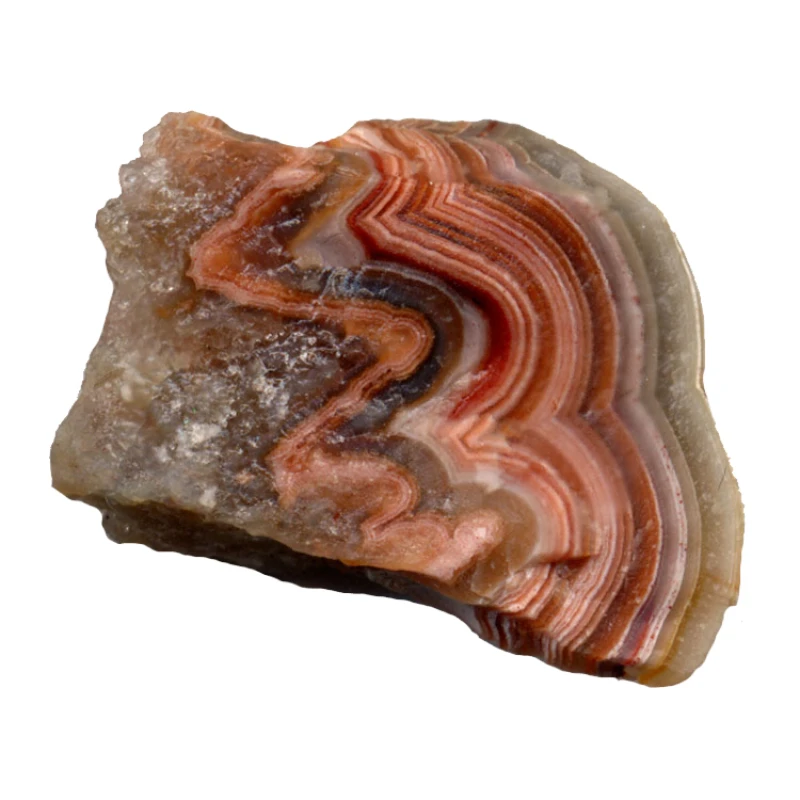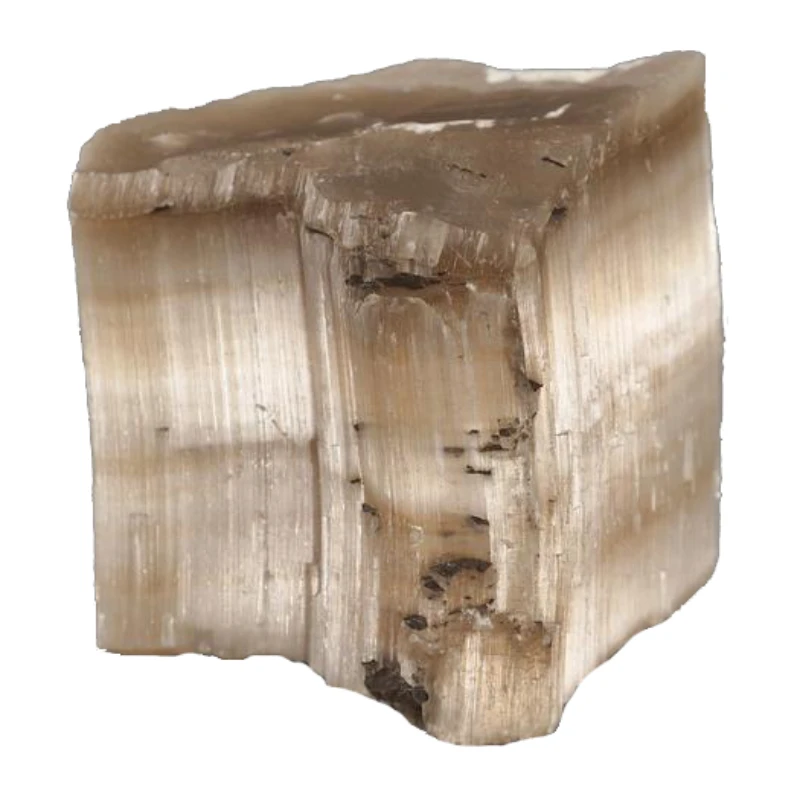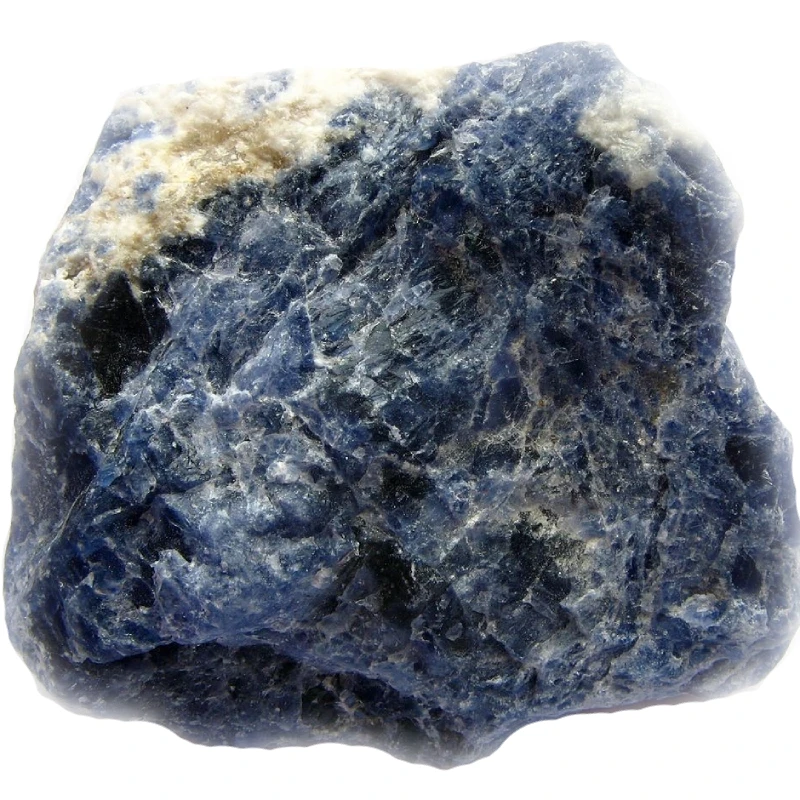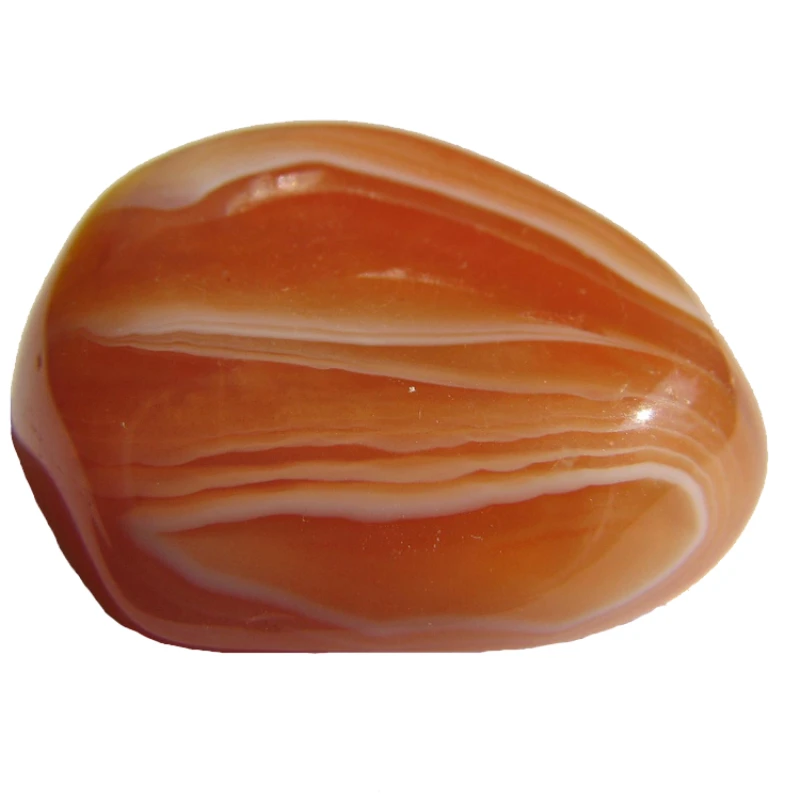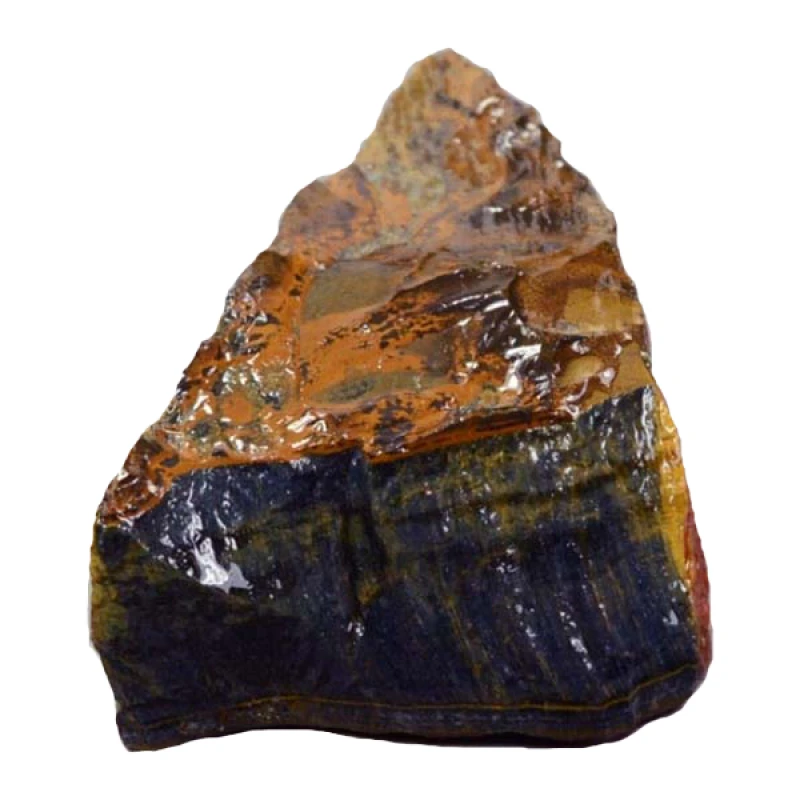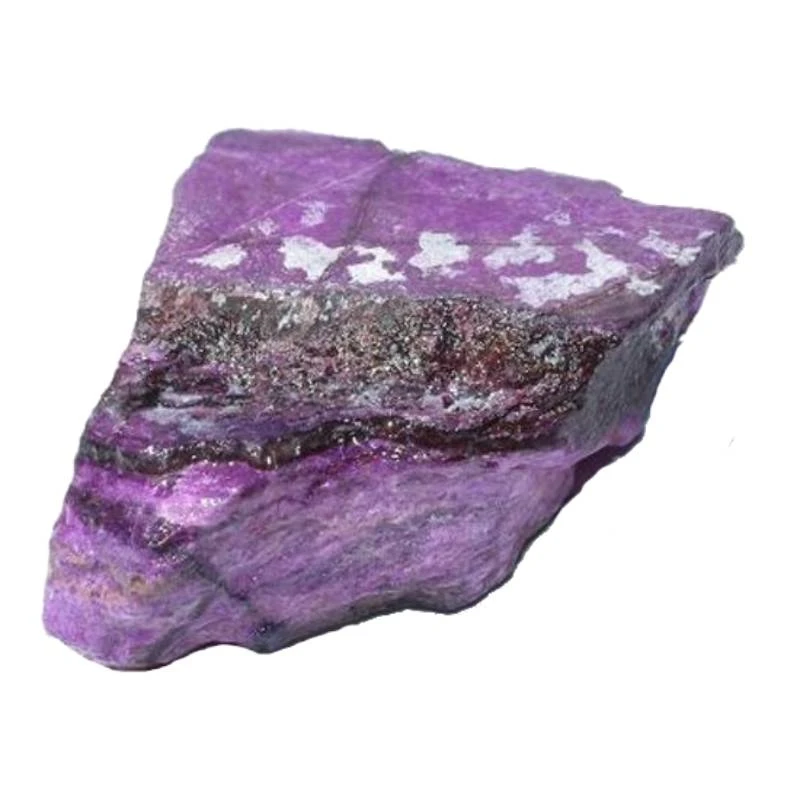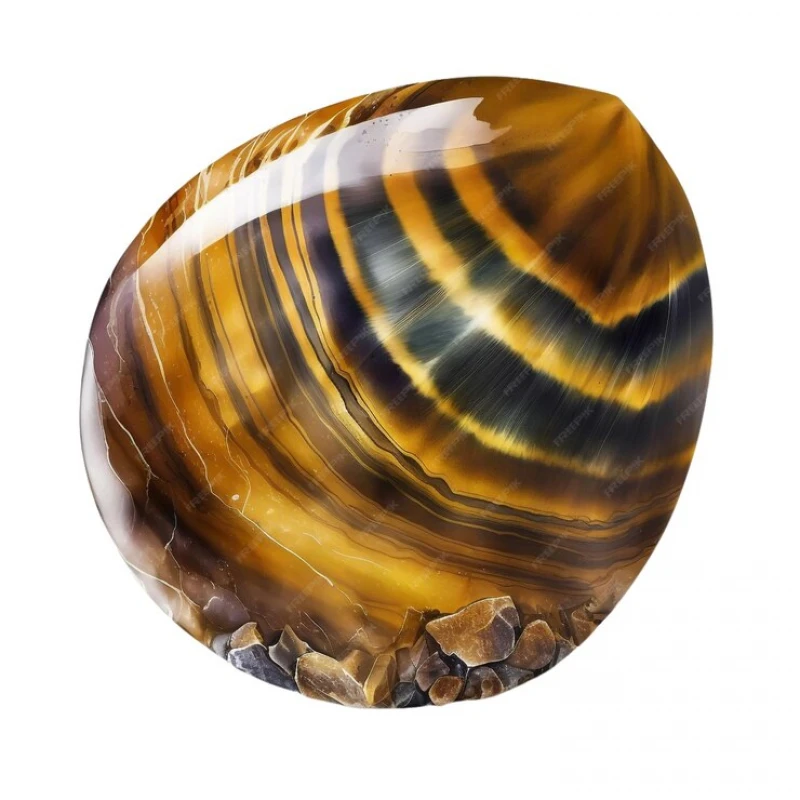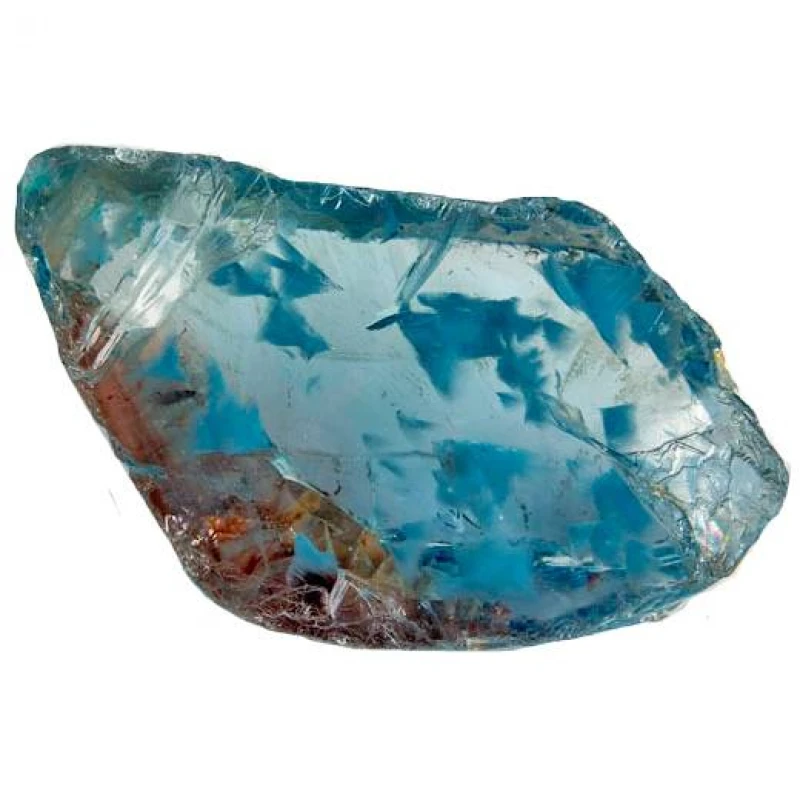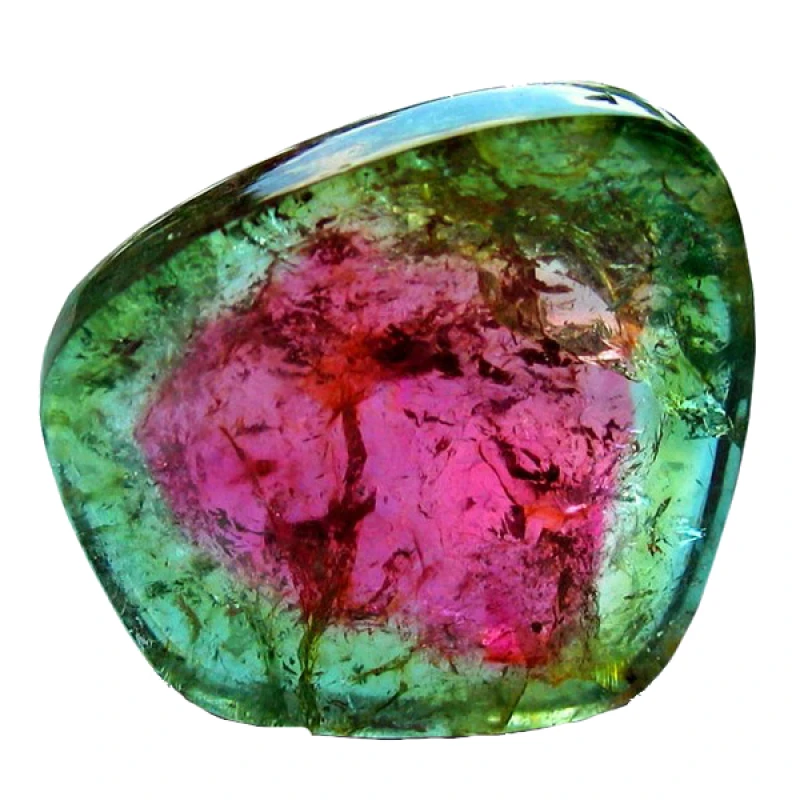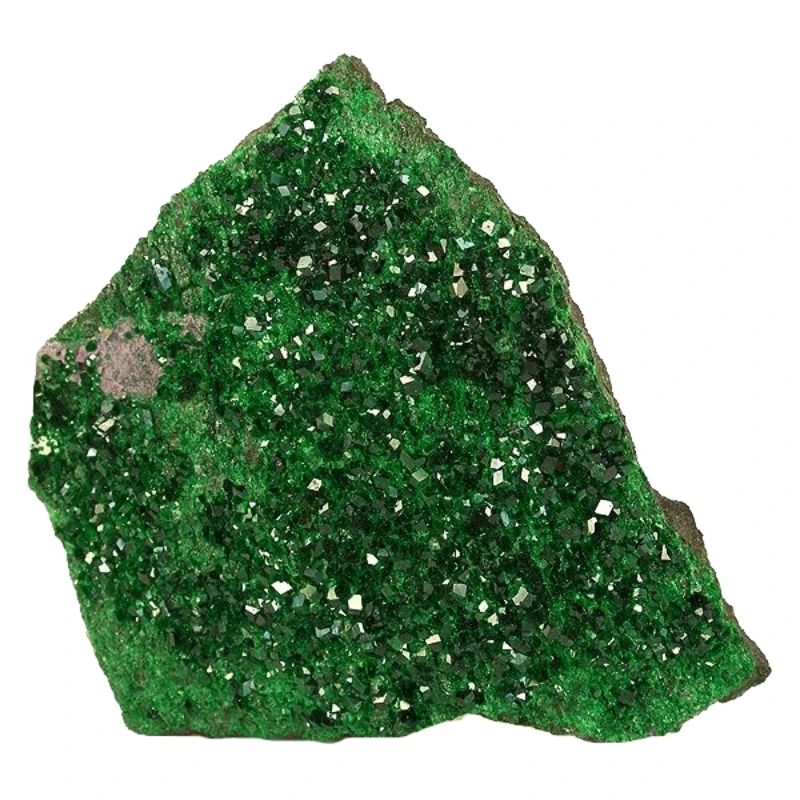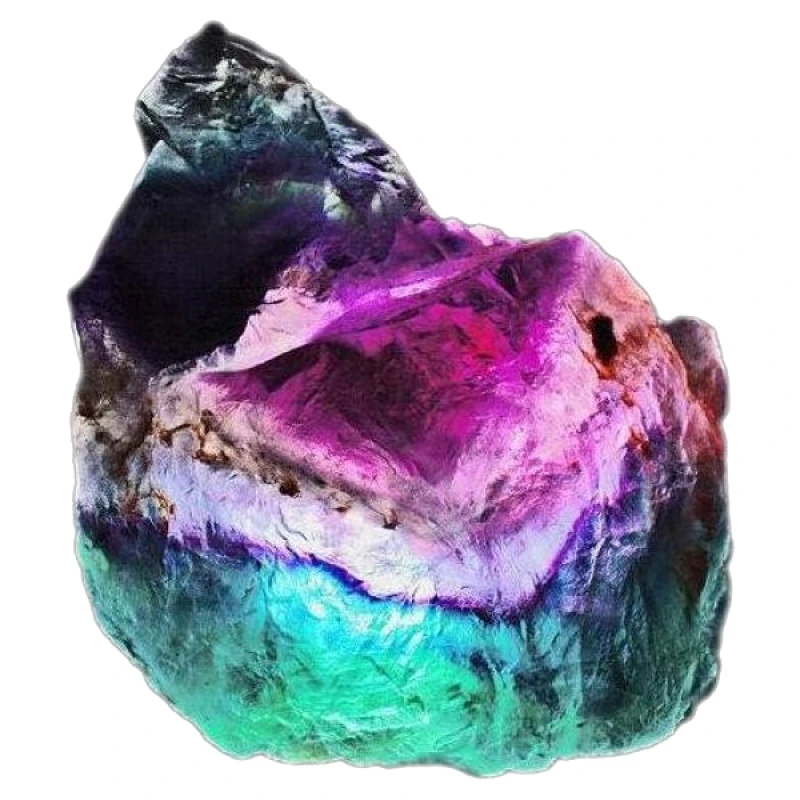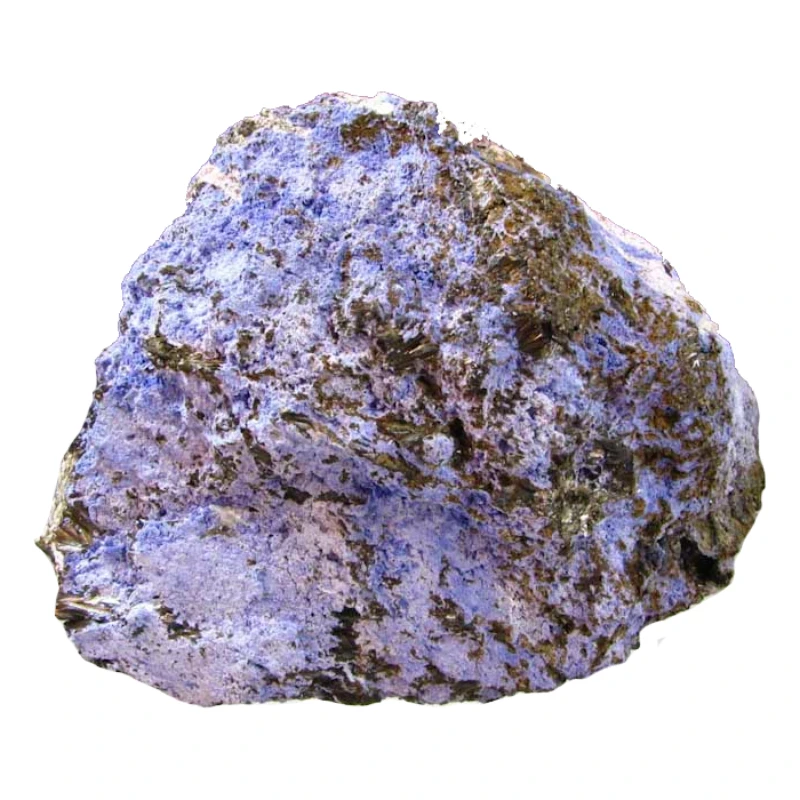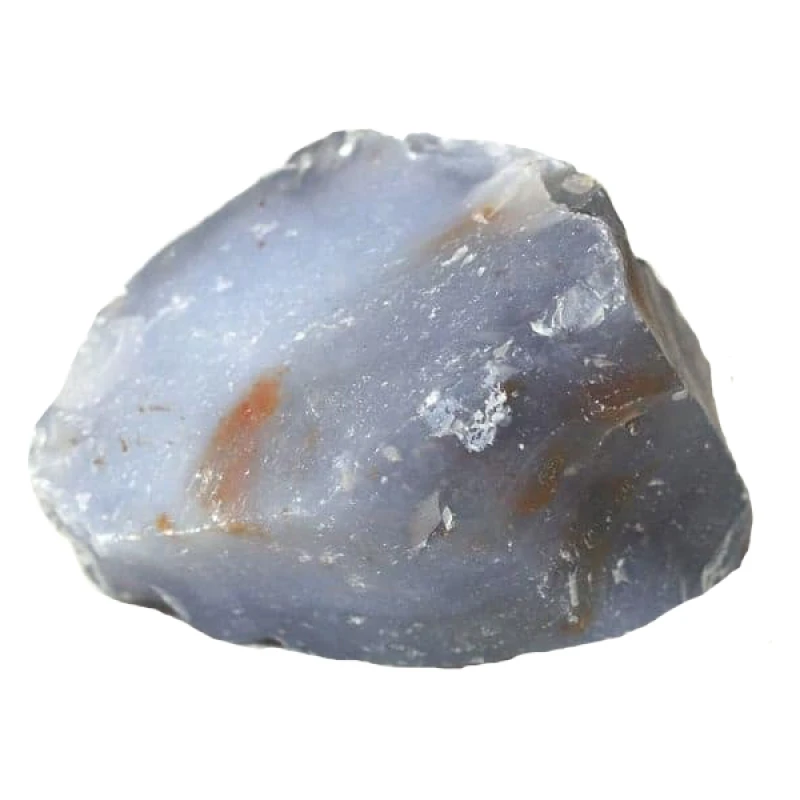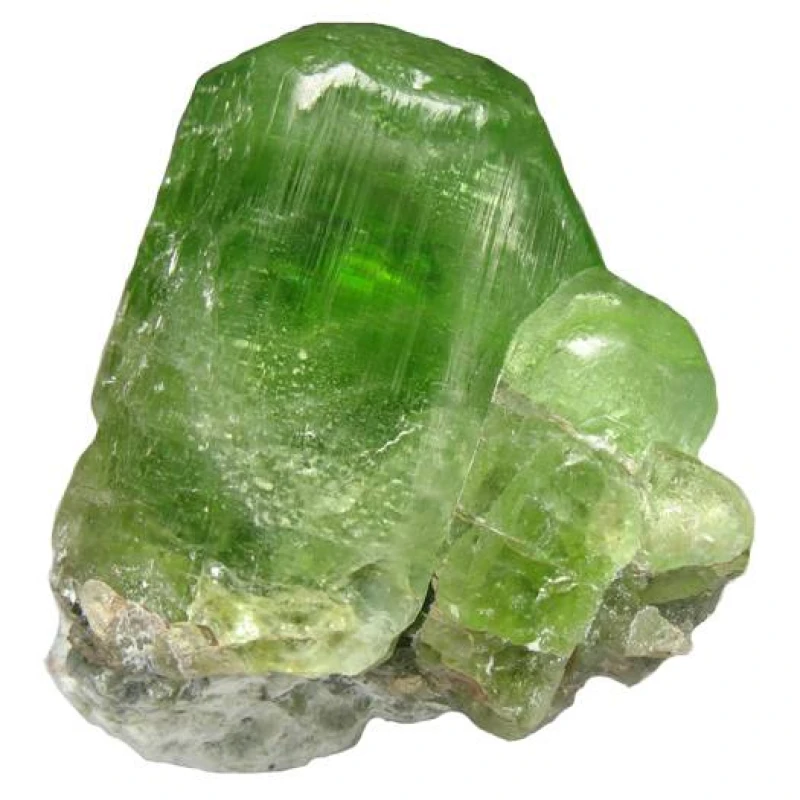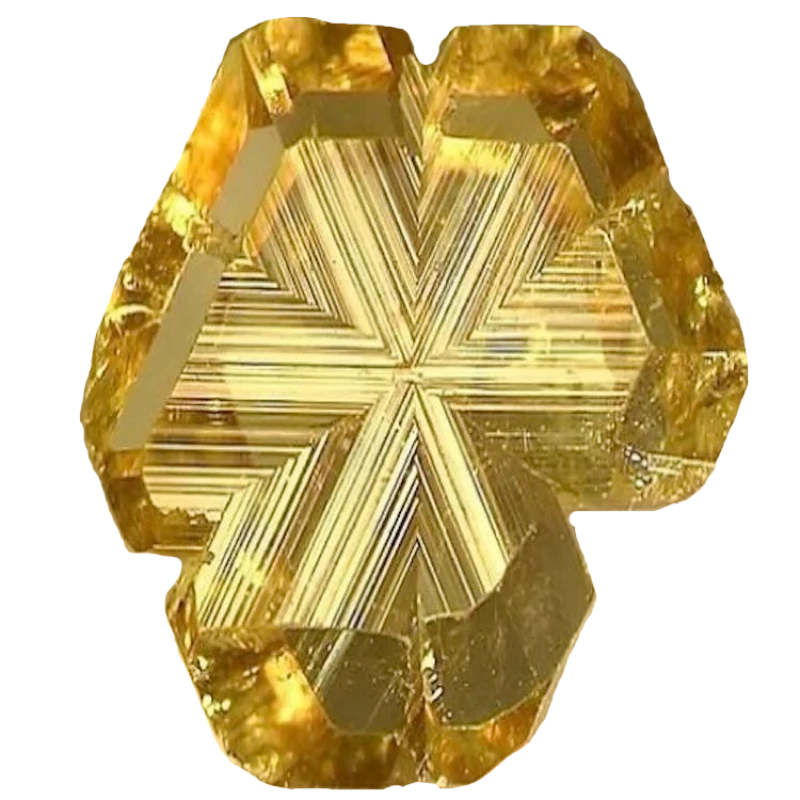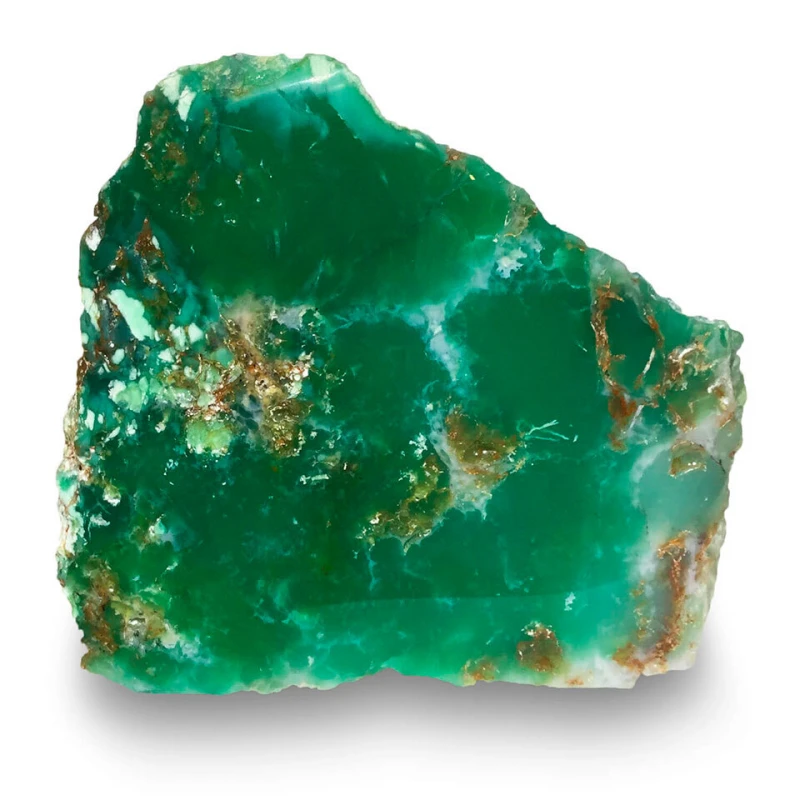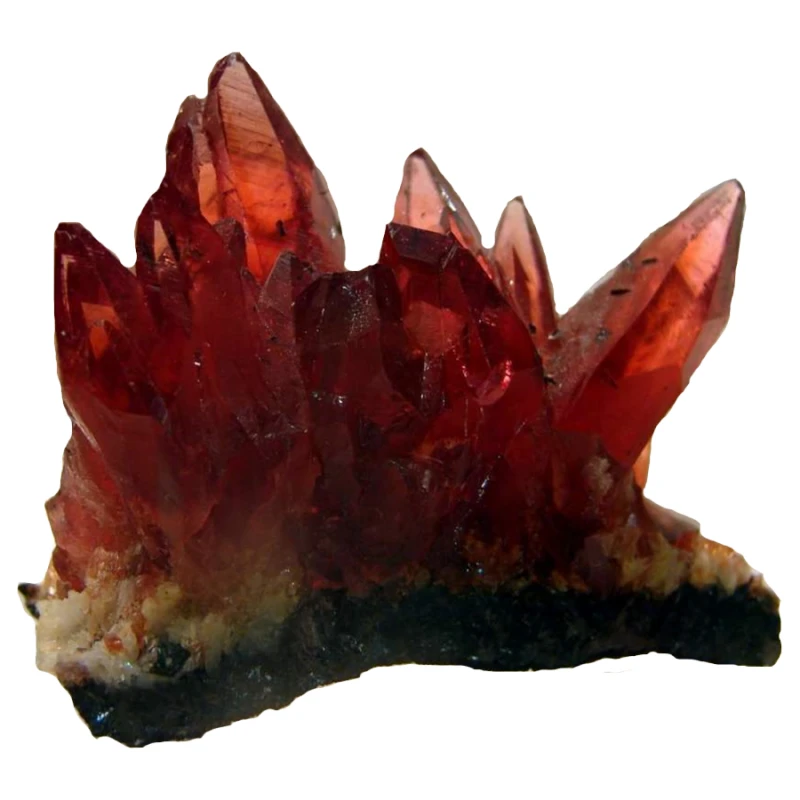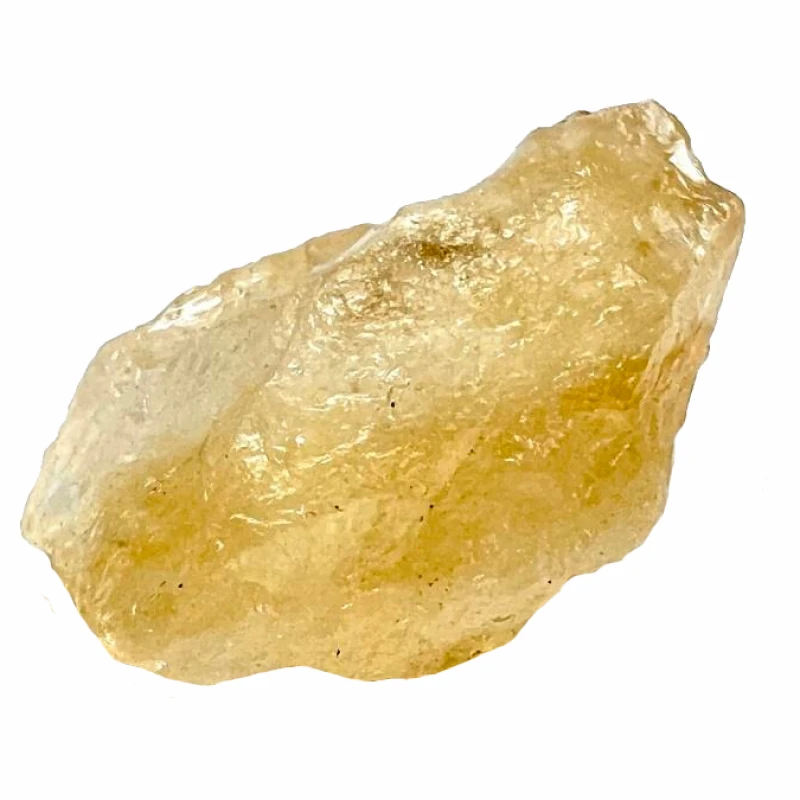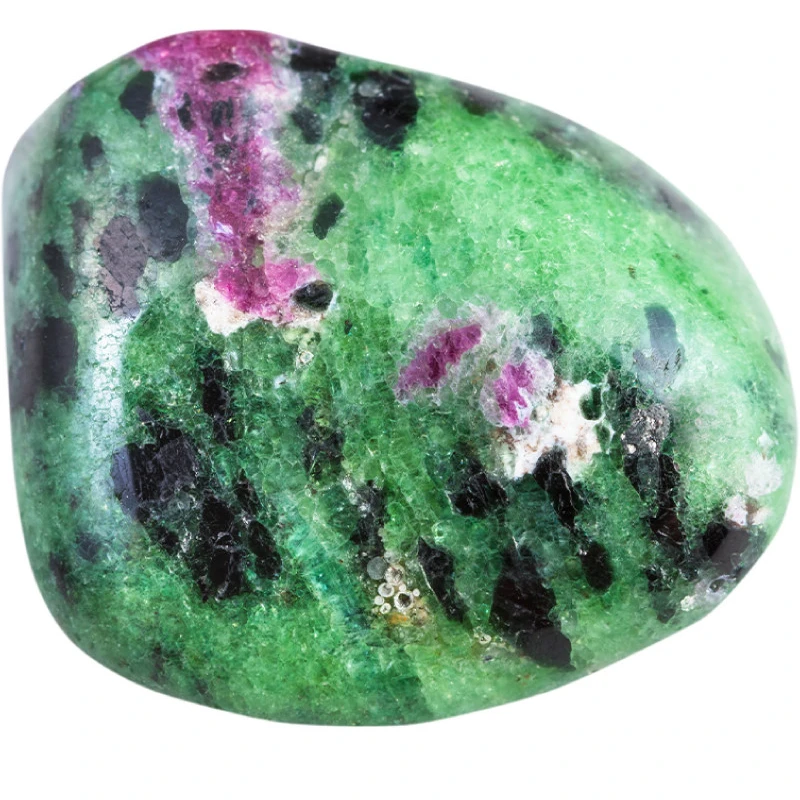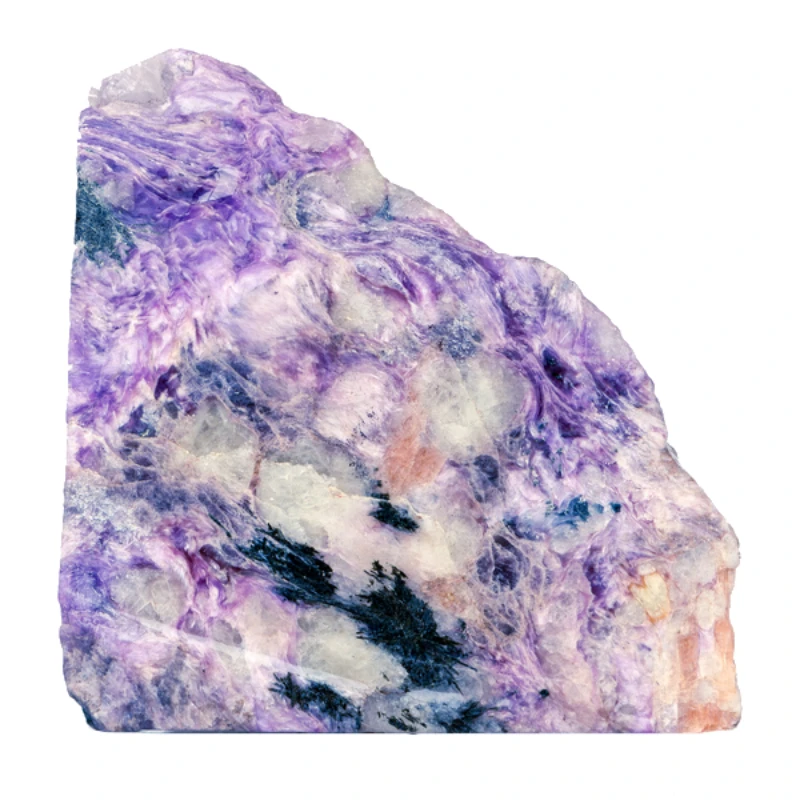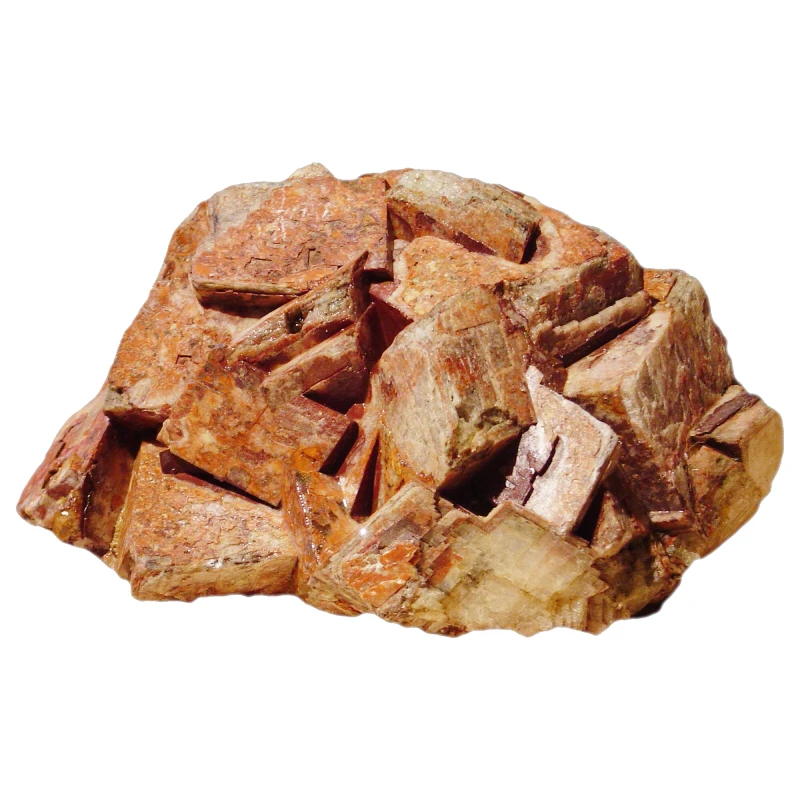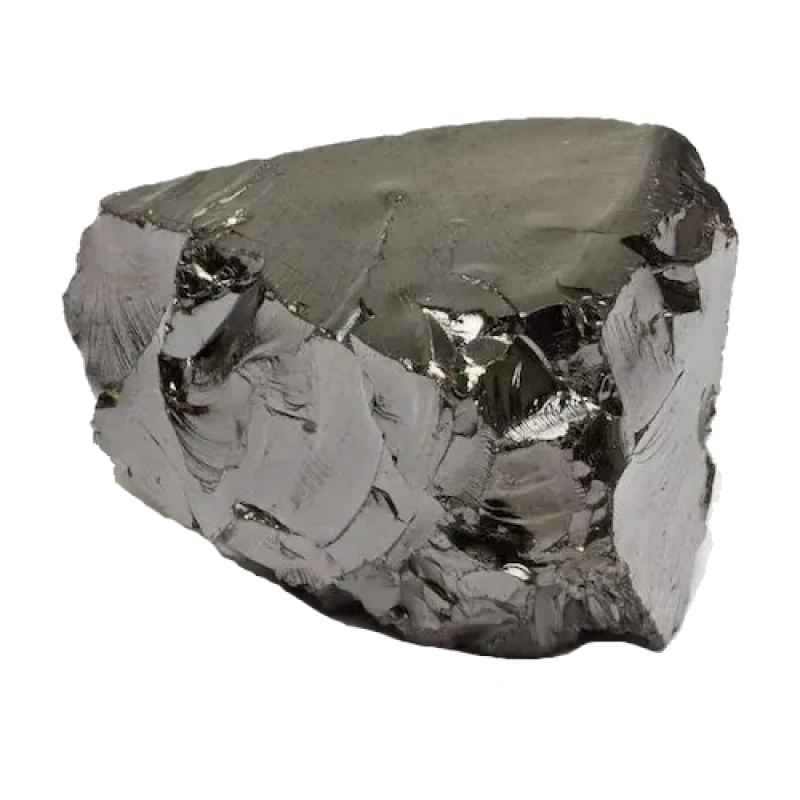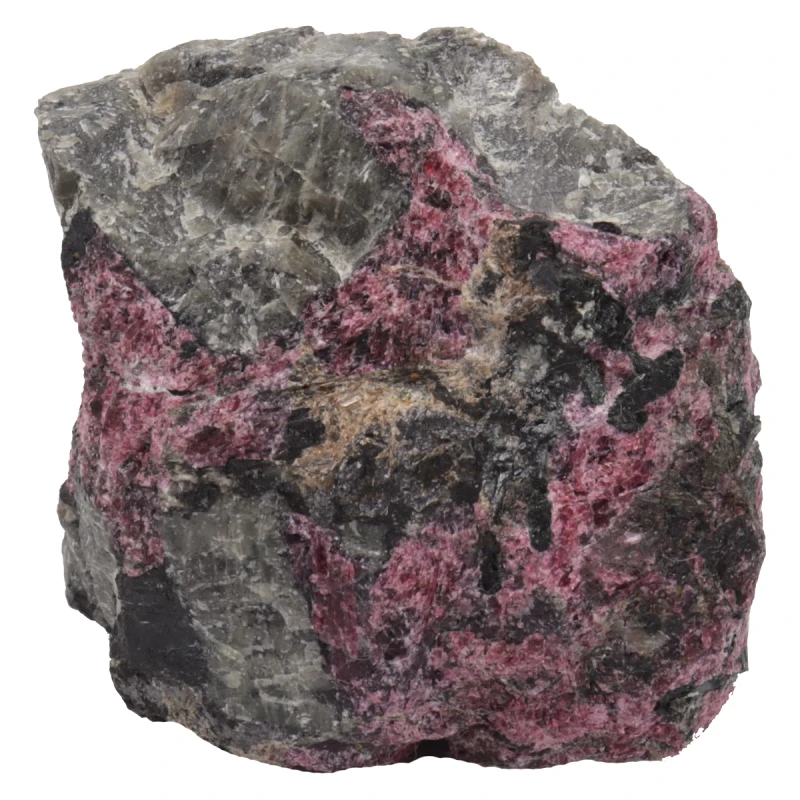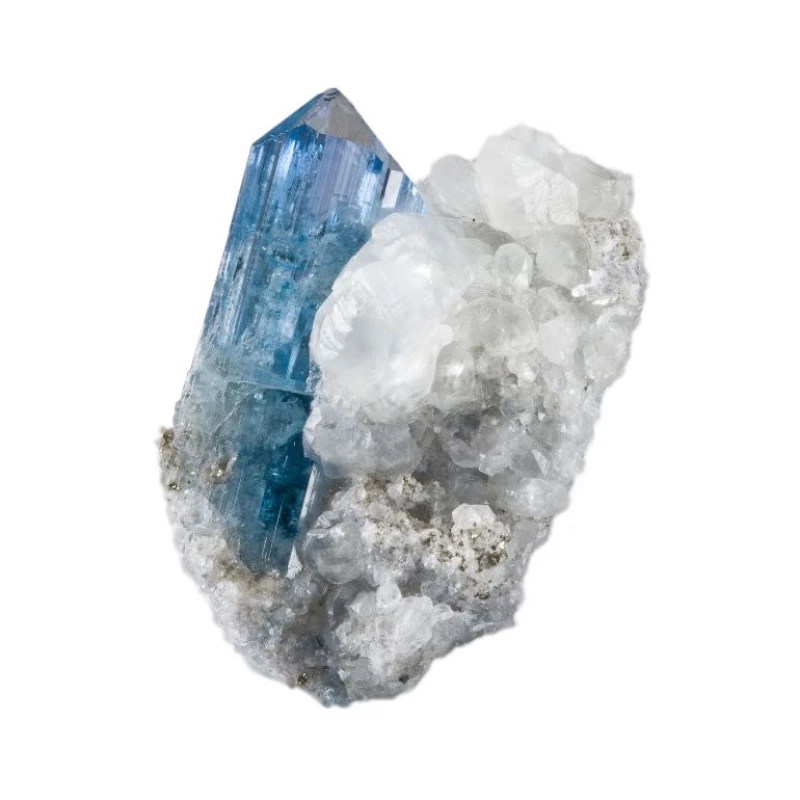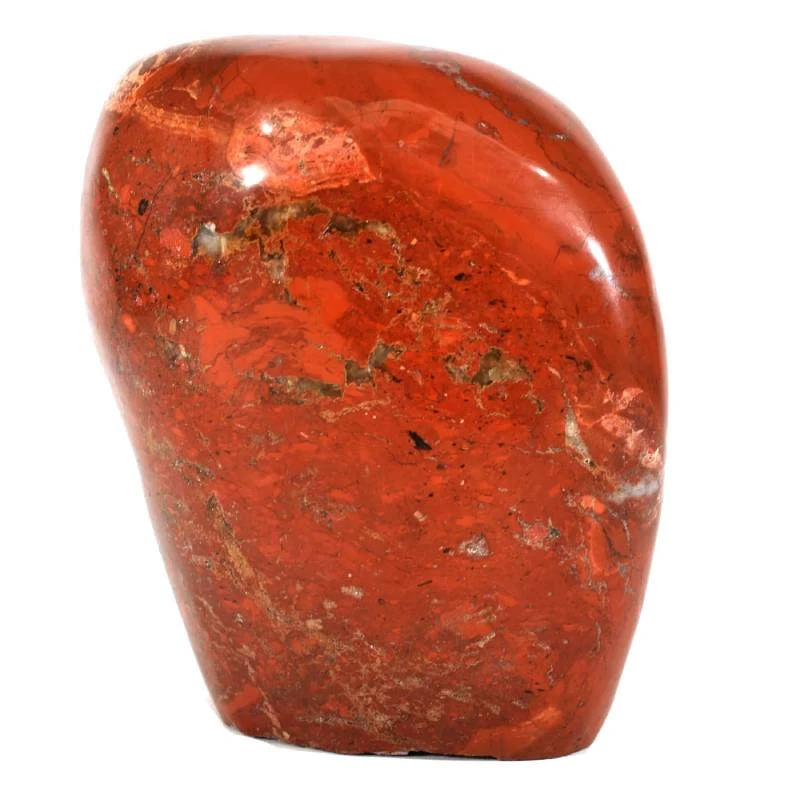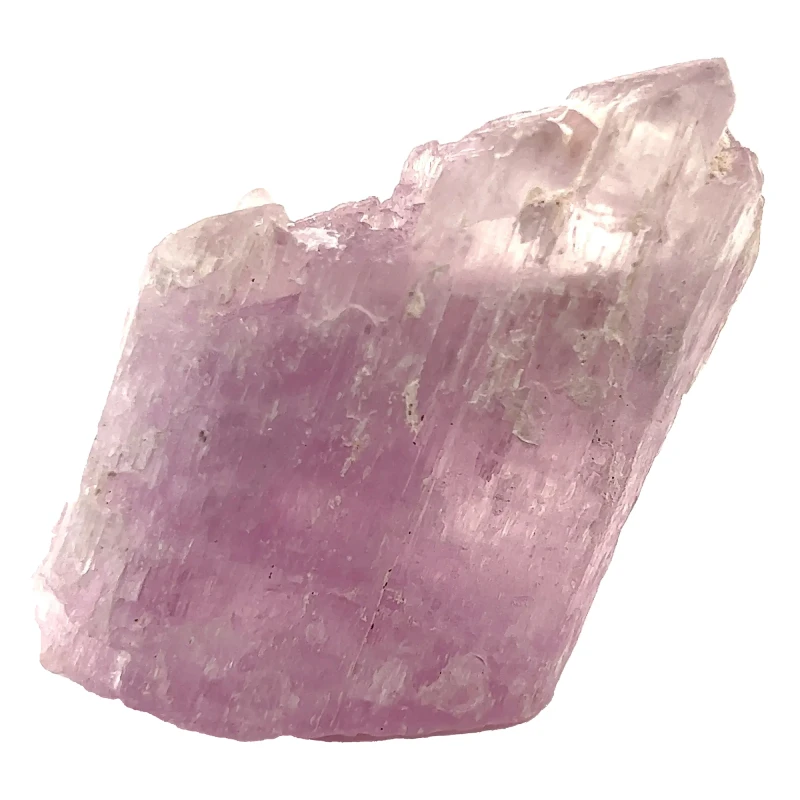Kunzite
Stone History
Kunzite is a relatively young gemstone whose history began in the early 20th century. It was discovered in 1902 by American mineralogist and jeweler George Frederick Kunz. The stone was named in his honor, as he dedicated his life to the study and popularization of gemstones. The discovery of kunzite occurred in California, USA, at a site where other precious and semi-precious stones were also mined.
Soon after its discovery, kunzite caught the attention of jewelers thanks to its unique light pink or violet color and brilliant luster. It is especially valued for its pleochroic effect, meaning it changes shades depending on the viewing angle—giving it visual depth and making kunzite jewelry especially attractive.
Zodiac
Kunzite is particularly well-suited for the zodiac signs Libra and Pisces. Its soft, light hues symbolize inner harmony, intuition, and emotional stability, making it beneficial for those seeking emotional balance and deep emotional awareness. For Libras, kunzite helps strengthen interpersonal connections and stabilize emotions, while for Pisces, it enhances intuitive abilities and promotes emotional calm.
Element
The element associated with kunzite is Air. This element symbolizes lightness, freedom, and communication—qualities reflected in kunzite’s ability to support emotional expression and strengthen bonds with others. Kunzite encourages harmonious relationships and helps maintain a positive mindset, in alignment with the Air element.
Planet
Kunzite is associated with the planet Venus, which symbolizes love, beauty, harmony, and pleasure. Venusian energy fosters emotional openness and supports romantic relationships, making kunzite a powerful stone for enhancing interpersonal connections and attracting positive emotions.
Colors
Kunzite comes in several delicate shades, including:
-
Pink – The most common hue, ranging from pale to deep pink.
-
Lavender – Sometimes found in light violet tones.
-
Colorless – Rare clear specimens exist.
-
Peach – A rare color variation resembling soft peach.
-
Reddish – Occasionally shows reddish tints, though less common.
These variations give kunzite its special charm, making it highly desirable for jewelry use.
Chakra
Kunzite primarily resonates with the Heart Chakra (Anahata), supporting emotional healing, love, and spiritual growth. It opens the heart to give and receive love more freely and harmoniously.
Magical Properties
Kunzite is valued for its magical properties, making it a powerful tool for spiritual practitioners and seekers of personal transformation:
-
Love Energy – Amplifies love energies, opens the heart, and fosters emotional bonding.
-
Emotional Cleansing – Releases negative emotions such as fear, anxiety, and jealousy, and clears the aura.
-
Intuition Enhancement – Strengthens spiritual sensitivity and trust in one’s inner voice.
-
Spiritual Growth – Activates the heart chakra to raise vibrations and deepen meditative practices.
-
Protection – Shields the user from negative influences and stress.
-
Creativity Boost – Inspires creative ideas and self-expression.
These qualities make kunzite a supportive stone for inner development and emotional transformation.
Healing Properties
Kunzite offers a variety of healing benefits, both emotional and physical:
-
Emotional Well-being – Aids in healing emotional trauma, reducing anxiety, and restoring balance.
-
Heart Support – Believed to benefit the cardiovascular system by improving circulation and reducing high blood pressure.
-
Immunity Boost – Strengthens immune response and helps fight infections.
-
Pain Relief – Alleviates physical discomfort, especially headaches and muscle tension.
-
Recovery Aid – Accelerates healing after surgeries or injuries by supporting tissue regeneration.
-
Improved Sleep – Promotes a peaceful atmosphere and eases insomnia.
-
Chakra Harmonization – Activates the heart chakra to align emotional and physical states.
Kunzite can be used in various healing practices, including as jewelry, during meditation, or simply kept nearby.
Mining Locations
Kunzite, also known as "pink spodumene," is found in several notable locations:
-
USA – Most famously in California’s San Bernardino and Kern counties.
-
Brazil – Found in Minas Gerais and Bahia, with large crystal specimens.
-
Madagascar – Known for high-quality kunzite appreciated by collectors.
-
Pakistan – Particularly in the Gilgit-Baltistan region.
-
Russia – Occurs in limited quantities in the Urals and parts of Siberia.
These locations yield a range of kunzite specimens valued by jewelers and mineral enthusiasts.
Other articles in this section
